The independent newspaper of Washington University in St. Louis since 1878
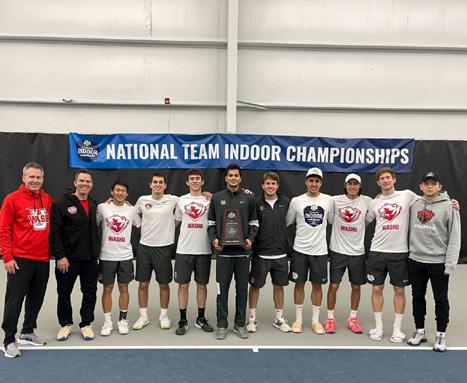
BREAK POINT
Men’s tennis upsets rival No. 1 Case Western at indoor nationals.
(Sports, pg 5)
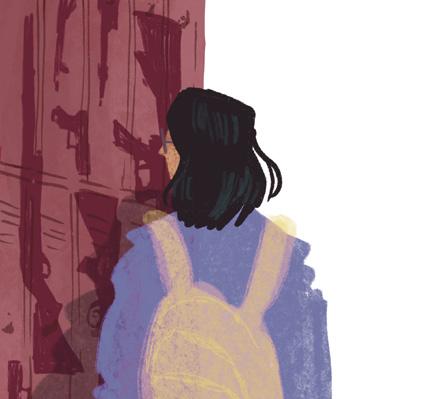
OP-ED
Calling for stricter gun control after experiencing attempted school shootings. (Forum, pg 3)
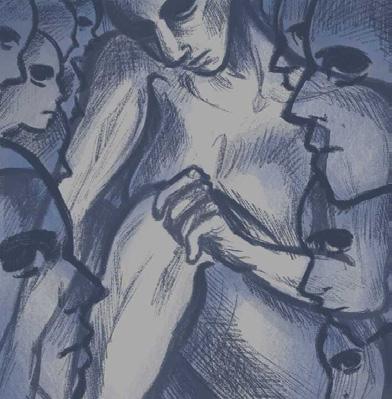
CHANGING TRENDS
Exploring the evolution of the “pick-me” girl. (Forum, pg 4)

Olin, Simon, Bauer evacuated due to undisclosed threat
The Washington University Police Department (WUPD) evacuated Olin Library, Bauer Hall, and Simon Hall at around 10:10 a.m., after receiving a phone call at 9:40 a.m. where an unknown individual made a threat, Feb. 26. The University informed community members that only Olin Library was affected by the threat at 11:20 a.m. via phone call and text.
After a two-and-a-half hour investigation including local police departments, WUPD notified community members that they completed their investigation of a potential threat to Olin Library and found no threat. In an email, the University said that students could return to the building and normal library activities would resume.
Shortly after the evacuation, several students reported having been told to leave the buildings due to a threat, but WUPD officers did not immediately specify what the threat was.
St. Louis County Police dispatchers, including a K-9 unit, were present near the evacuated buildings. Police officers told students to move progressively further away from Olin Library in the hour following the initial evacuation, saying that they needed to move behind the surrounding buildings.
Junior Emily Bekesh said she was in Bauer 130 when a woman came in to tell them that they needed to evacuate due to a threat.
“People took the time to pack up their stuff and then we all slowly filed out,” Bekesh said. “[It was] not disorderly, I don’t think
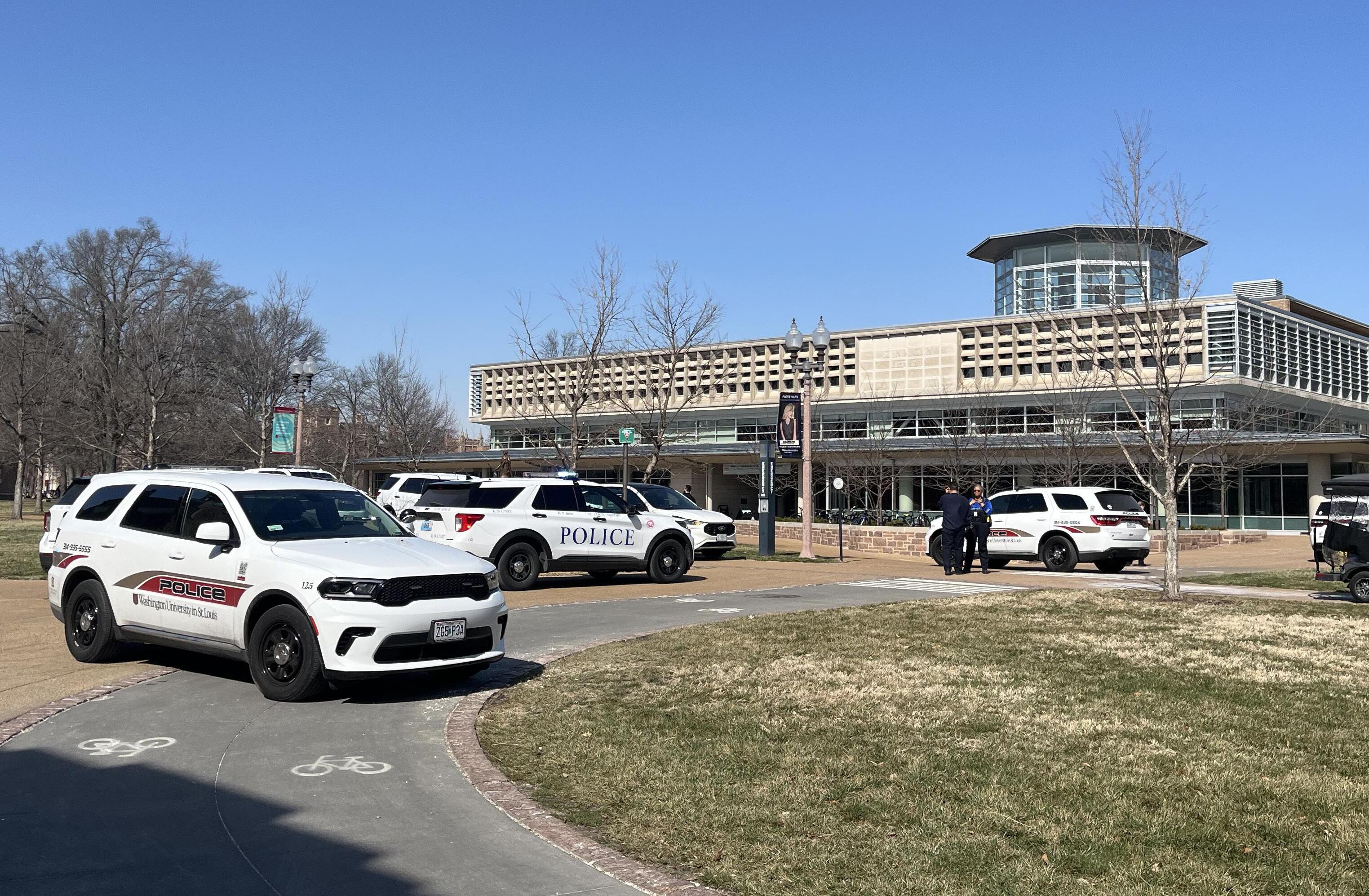
anyone was really concerned, so it was pretty calm.”
Bekesh’s class was canceled shortly after the evacuation occurred.
Junior Francisco Lucca was inside Bauer Hall on the top floor when his class was evacuated and similarly said that people did not express significant concern when exiting the building.
“It was very nonchalant and chill for a bomb threat,” Lucca said.
In a written statement to Student
Men’s basketball beats UChicago to finish the season strong and earn postseason spot
junior Kyle Beedon and a late defensive stand sealed a key 61-58 victory.
Life, Chief of Police Angela Coonce explained WUPD’s response.
“Safety is always our highest priority. If there’s a question about the credibility of a threat, we will always err on the side of caution and take action.”
At 11:26 a.m., students taking Physiological Control Systems were notified their exam would be canceled, and professors across multiple departments also canceled their afternoon classes.
Bauer Hall was reopened to
students at 12:07 p.m. A WUPD officer stationed outside Bauer Hall said that it was temporarily closed as the department was “[erring] on the side of caution.” Simon Hall was also reopened shortly after Bauer. The St. Louis Airport Police Department brought in multiple dogs as part of a K-9 unit to sniff the area around Graham Chapel and the buildings surrounding Olin Library at 12:20 p.m. At 12:39 p.m., the University
issued an alert with an all clear and students were allowed back on the pathways surrounding Olin Library, and in the building itself.
WUPD determined that the threat was a “hoax” and is working to identify the caller.
“We will continue to work with our partner agencies to identify the caller and refer them for prosecution,” Coonce said.
Women’s basketball defeats UChicago, earns postseason berth
win, Brooks said she was “feeling excited.”
The script for the Washington University men’s basketball team has been pretty much the same lately: overcome early struggles, make clutch shots, and leave with a win. That’s the pattern they’ve been following for much of the past season, and it’s one they followed once again in their regular-season finale against the University of Chicago. After allowing the Maroons to start the game on a 9-0 run, the Bears dug in and kept the score close all night, with six score ties and nine different lead changes. Once again, it was junior guard Hayden Doyle who came up clutch. His midrange jumper with 47 seconds to go bounced on the rim for what seemed like an eternity before a gratuitous bounce let the ball fall in, giving the Bears a lead they would not relinquish. Ending a game that had been tight the whole way, a layup by
“Our coach drew up a nice set,” Doyle said after the game. “[Luckily], it bounced in and not out — you know, I didn’t know which way it was gonna go.”
Two days after the win, the Bears got some more good news. When the NCAA Division III bracket was revealed Monday afternoon, the Bears were one of 64 teams included, and one of the Top 16 teams who earned the ability to host first- and-second round games.
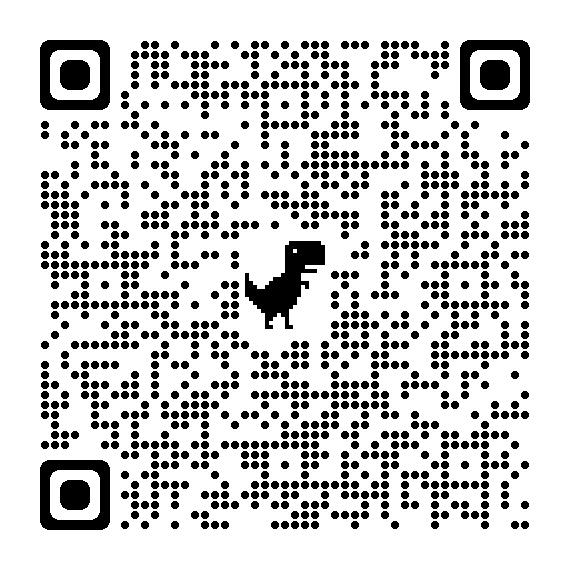
Following a dominant win against Brandeis, the Washington University women’s basketball team needed to close its season with a big win against University Athletic Association (UAA) foe University of Chicago to secure its at-large spot in the NCAA tournament.
Entering their game on Saturday, Feb. 24, the Bears knew what was at stake. “Coach told us that it was a big game all week, and we prepped like it was.
Since we don’t have a conference tournament, we made our game against Brandeis and then this game, our conference tournament, and knew that if we win we have a good chance of making the postseason,” senior guard Jessica Brooks, the UAA’s leading scorer in conference play, said.
The Bears did their part, defeating UChicago 75-58. When asked how she was feeling about their NCAA chances after the
“We’re not locked in for sure. But our strength of schedule is really good. We have some really good wins. And yeah, I’m excited. I’m hopeful. I’m optimistic,” Brooks said.
Brooks’ optimism was rewarded on Monday, as it was announced that the Bears would travel to Waukesha, Wisconsin to face off against the University of Wisconsin-Stout on Friday, March 1 in the first round of the NCAA tournament.
The first quarter was a backand-forth affair, with both teams going on prolonged runs. The Bears kicked things off by taking an early 9-5 lead, but then UChicago came right back with a 7-0 run. WashU scored the final seven points of the quarter to end the first with a 16-14 advantage.
Despite ending the quarter with a lead, the Bears were disappointed with their play.
“We were unhappy with how we played in the first quarter, but we definitely knew that we could be better guarding their
actions and making them put the ball on the floor instead of getting such open looks from the three,” Brooks said. “ So we took a second after the first quarter to kind of reset and make the choice of what kind of basketball we wanted to play.”
That reset proved crucial as the Bears dominated UChicago 16-5 in the second quarter. The second quarter was filled with run after run for the Bears, as they first went on a 7-0 run to begin the quarter and then promptly went on another run, scoring nine straight points. This stifling defense allowed the Bears to extend their lead to 13 heading into the half.
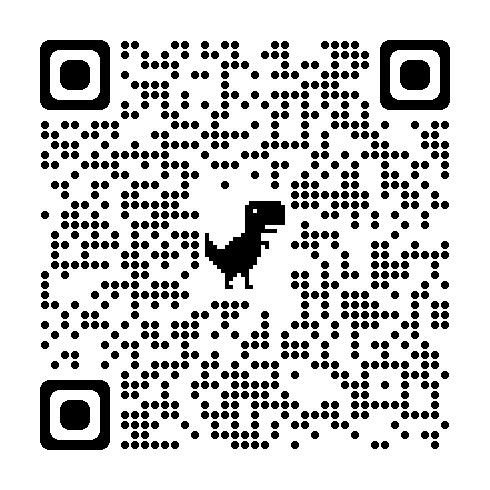
CONTACT BY POST ONE BROOKINGS DRIVE #1039 #320 DANFORTH UNIVERSITY CENTER ST. LOUIS, MO 63130-4899 CONTACT BY EMAIL EDITOR@STUDLIFE.COM NEWS@STUDLIFE.COM CALENDAR@STUDLIFE.COM CONTACT BY PHONE NEWSROOM 314.935.5995 ADVERTISING 314.935.4240 FAX 314.935.5938
WWW.STUDLIFE.COM VOLUME 145, NO. 19
THURSDAY, FEBRUARY 29, 2024
LILY TAYLOR ALIANA MEDIRATTA JULIA ROBBINS NEWS EDITORS
JACOB RITHOLZ STAFF WRITER
ARYAN KUMAR STAFF WRITER
Police cars and law enforcement on the scene at Olin Library.
CLARA RICHARDS | STUDENT LIFE
Read the rest online: Read the rest online:
Dr. Ferrer explains the eclipse that made Einstein famous
Dr. Francesc Ferrer, Associate Professor of Physics, presented “The Eclipse That Made Einstein WorldFamous” on Saturday, Feb. 24 as part of the Saturday Science Lecture series leading up to the April 8 eclipse.
Ferrer explained how Einstein’s 1915 general theory of relativity was proved by measuring the bending of light, which was only possible during a solar eclipse.
According to Ferrer, an important and interesting character in the history of the general relativity theory was Carl Gauss, a mathematician that Ferrer described as “more powerful than AI” and “the equivalent of Newton for math.” Ferrer said that Gauss did not let any of his sons study physics, because they would damage his name.
According to Ferrer, Gauss conducted an experiment to prove that space is generally Euclidean, which means it is, on average, flat. Ferrer said this experiment would eventually prove vital to Einstein’s general relativity theory.
“He was measuring the curvature of the space itself, it’s something that you cannot imagine because you would need four dimensions to see,” Ferrer said. “He was trying to measure the curvature of the three dimensional space from within it.”
Ferrer then discussed Einstein himself and the four
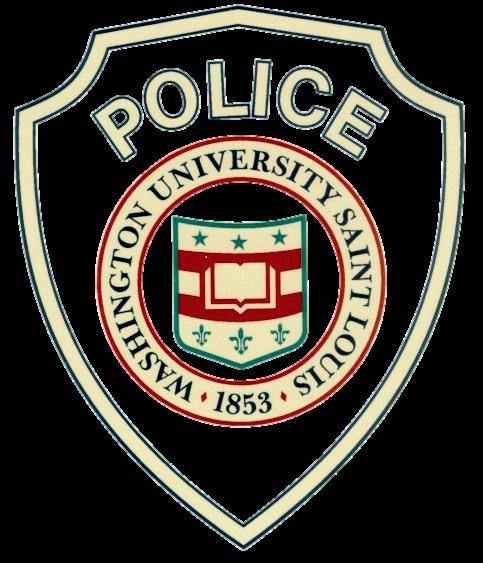
papers that he published in 1905. These papers included his famous E = MC2 equation, proved the existence of atoms, and explained special relativity, which is the idea that time relatively slows at high speeds.
Ferrer said that Einstein’s work in these subject areas was not highly recognized at the time.
“So you would think, you write four papers, he must be super famous, right?” Ferrer said, “The answer is no. That was 1905, he only got the Nobel Prize in 1921, and only for the photoelectric effect. At that time, there were still doubts about the theory of special relativity. And, nobody was particularly interested, these people didn’t understand this paper very much.”
Ferrer said that Einstein was inspired to write his general theory of relativity because he was asked to do a review of his special theory of relativity for a contemporary physics book.
“Sometimes you think you understand something until you have to explain it,” Ferrer said, “And Einstein realized that his special relativity theory did not agree well with the F=mg of Newton, the gravitational force.”
Ferrer then gave a brief overview of general relativity and how it affects light. He said that Einstein describes an elevator in two different situations: at rest on Earth’s surface where it and everything in it is affected by Earth’s gravity, 9.8
meters per square second, and an elevator in space accelerating at 9.8 m/s2. According to Einstein, these two situations are exactly equivalent.
“The bottom line is if you want to understand what will happen to light close to a planet or the sun, it’s very easy, the only thing you need to do is imagine what would happen to a planet on a freely falling elevator,” Ferrer said.
Hannah Kinzer, a Ph.D. student in the Brown school, said that she appreciated Ferrer’s visual explanations.
“It was really cool to see the visualizations,” Kinzer said, “It was really cool to see how [they’re] representing different observations in a way that the human brain can understand and grasp.”
Ferrer then explained what the effect of gravity on light means for solar eclipses.
“Now, this bending of light has a consequence, and this is the consequence that we want to measure [with the eclipse],” Ferrer said, “Imagine a star, and of course it starts to emit light, and it just so happens that [this light] passes very close to the sun.”
Ferrer said that the sun will bend this light due to its massive gravitational field and will alter the light’s path to the Earth. According to Ferrer, this creates a discrepancy between the apparent star location and the actual star location.
“If you calculate that effect, it’s something that was more or less in reach of the accuracy of telescopes at
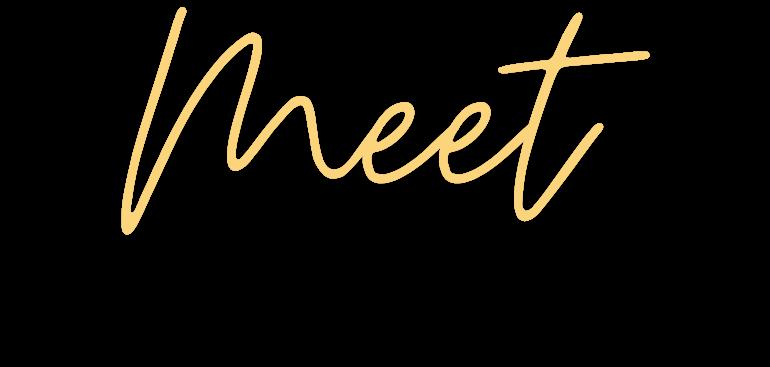


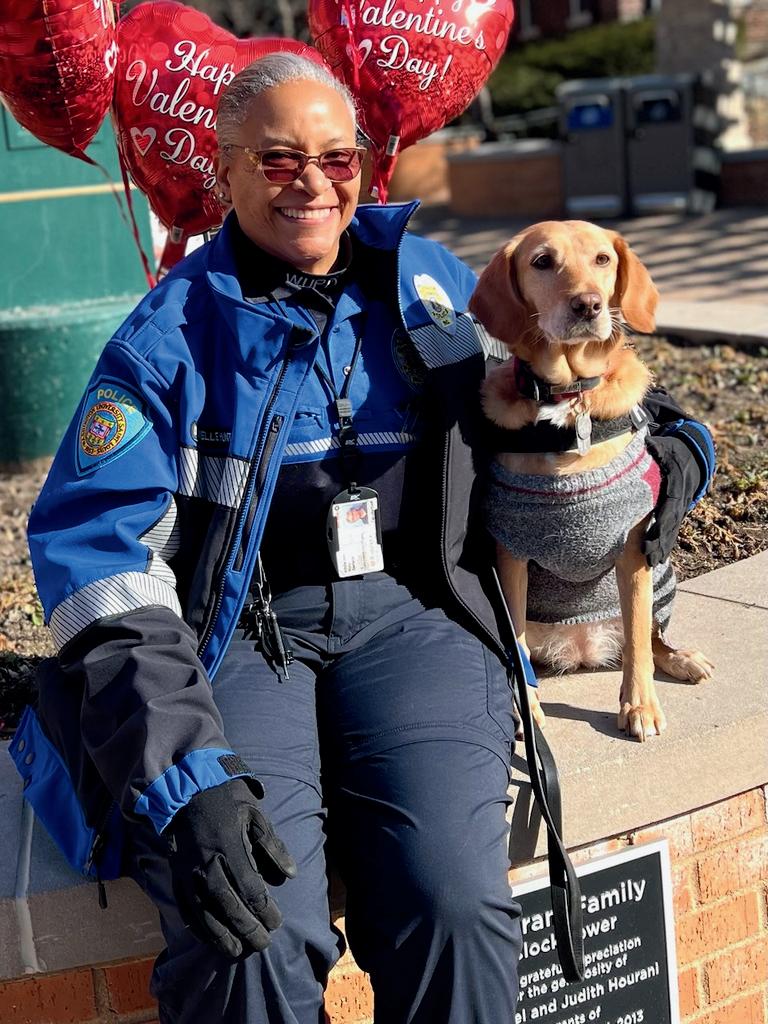

the time,” Ferrer said, “The only problem is that…the star needs to be right behind the sun, so the only way you can make that experiment is if you have a total solar eclipse covering the sun, and, during those minutes, you are able to see what’s behind the sun.”
However, Ferrer said that Einstein was not well known and did not have the resources to travel to watch a solar eclipse. He said that the first opportunity for an eclipse to be measured, in 1912, was spoiled by rain and location issues, so no pictures were taken.
In 1914, Einstein paid to send a team to Crimea, Ferrer said, to observe the eclipse, but World War 1 started and the team was arrested and the equipment confiscated.
said. “He had to use the tools of Gauss.”
Despite space being, on average, flat, it can be locally distorted by large amounts of mass.
Ferrer said that, around 1915, a physicist named Arthur Eddington learned about Einstein while in the neutral Netherlands and decided they should become friends. Ferrer said that Eddington became exempted from war due to his work and the importance of proving General Relativity and that Einstein sent Eddington to measure the “crucial” 1919 eclipse.
Ferrer said that radio measurements of Venus behind and in front of the sun also confirmed Einstein’s findings. He explained that this method of observing light bending can help physicists measure the mass of star clusters.
Ferrer ended his speech by quoting Eddington.
“Oh leave the Wise our measures to collate. One thing at least is certain, light has weight. One thing is certain and the rest is debate. Light rays, when near the Sun, do not go straight,” Ferrer said.
“During [1914], Einstein was very isolated, and this allowed him to actually finish his theory of gravity,” Ferrer said, “He realized that when he first calculated the deflection of light he had made a mistake, so in a sense he was very lucky that both eclipses failed.”
Ferrer said that, after studying the eclipse, Eddington realized that Einstein was right and that the stars “are not where they seem to be,” as Eddington later said.
Dana Gray, a local entrepreneur in attendance, said she was interested in the interactions of scientists with each other and with the general public.
Dr. Manel Errando, the Director of Undergraduate Studies in Physics, who helps organize the Saturday Science Lecture series, says that they are an important way to make science accessible.
“The idea is just to bring people in so that they think about science and get excited,” Errando said. “So you will see kids, and maybe they will get interested in their science classes a bit more.”
Janna Angeles, a physics Ph.D. student, said she appreciates accessibility in science.
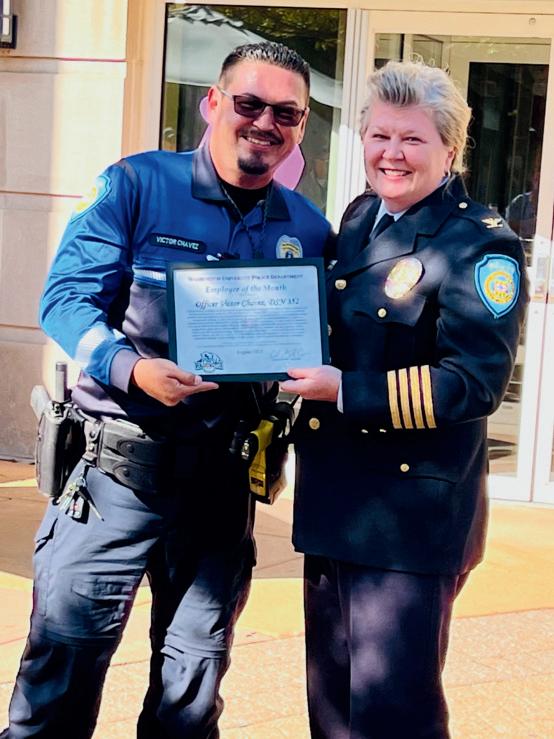

Ferrer explained the mistake Einstein made in his original theory.
“He missed half of the reflection because in 1915 he found out that the reason light is curved is because the spacetime itself is curved,” Ferrer





“The personal information about the relationship between the scientists was really interesting, and how they sort of had this banter of competition was fun,” Gray said. “You know, knowing that the war had played into how the information and credibility of the scientists was viewed.”
“It’s actually geared towards the general public,” Angeles said, “There’s not a bunch of information that will overwhelm them, they just kind of focus on the significance of a certain event.”
Professor El Hadji Samba Amadou Diallo discusses Islamic history in Africa and America
in England.”




Professor El Hadji Samba Amadou Diallo discussed Islamic history and Muslim narratives in Africa and America in a Black History Month event, Feb. 23. In his lecture, Diallo talked about the intersection of Islam and race in Africa and America, highlighting the Quran’s teachings on racial diversity and equality.
Professor Diallo is a senior lecturer in the Department of Africa and African-American Studies with a research interest in Islam in West and Francophone Africa. The event was co-hosted by the Washington University Muslim Student Association, the African Student Association, the University’s Center for Diversity and Inclusion, and the Council on American-Muslim Relations.
Diallo said that Islam is a religion that advocates for ethnic equality.
“Religious piety and knowledge takes precedence over race, and the Quran mentions that ‘the most honored among you in the sight of God is the one who is more righteous,’” Diallo said.
He said that because of Islam’s promotion of both racial equality and education, Islamic knowledge was able to be rapidly transmitted across Africa, increasing literacy, education, and scholarship.
He added that this led to the foundation of the oldest continually running higher learning institution in the world — the University of Al-Qarawiyyin–by African-Arab scholar and philanthropist Fatima AlFihri — in 859 AD.
“Al-Qarawiyyin became an important center of Islamic scholarship and learning in Africa, producing numerous scholars and attracting students from all over the world,” said Diallo.
“It even inspired the design of universities in the West, such as Oxford University
Diallo went to say that other Islamic learning centers and universities in places like Seville, Sudan, and Timbuktu, developed soon after. He said that these centers staged informative historical and geographical studies like the Timbuktu Chronicles, a series of written works from the 17th century.
“In the Timbuktu Chronicles, there are two books that narrate the history of Black and Western African people, and analyzing them enhances our understanding of African epistemologies,” said Diallo. “This is important to understand the spread of Islam in the western part of the continent.”
Read the rest online:

NEWS AVI HOLZMAN | MANAGING NEWS EDITOR | NEWS@STUDLIFE.COM 2 STUDENT LIFE THURSDAY, FEB 29, 2024 Victor Chavez has been a police officer for 17 years. Before joining WUPD, he proudly served St. Louis Community College for 3 years and prior to that, held positions as Detective Sergeant, Patrol Corporal, K-9 Handler, and Detective. One of his greatest achievements was working as a bilingual School Resource Officer (SRO) at a local high school where he had the privilege of connecting with a diverse group of students and their community All his experiences, training, and communities served, has helped him become a perfect addition to WUPD and the Wash U Community. K9 Archie Archie is in training to be a WUPD comfort dog! At 8 weeks old, Archie and his 8 siblings were rescued by Stray Rescue STL in an abandoned house on November 13, 2023, after being left outside and exposed to the elements. Thankfully, Stray Rescue saved them! Archie absolutely loves Brookie and Bear and is learning a lot from them at events on campus. He has a distinct marking on his back, a bunny that resembles the WashU Thinking Rabbit! Archie was named after the beautiful Brookings Hall arch and of course, the St. Louis Gateway Arch. He loves naps, snuggles, and treats! Danielle Hunt was raised in the St Louis area, attending Webster Groves High School. She did academy training at the Kansas City Regional Police Academy, followed by 2 years doing communication and officer training for the KCPD. In 2012, she began working with the St Louis Lambert International Airport PD, where she spent most of her time in the K9 unit. Danielle acquired K9 Misty in 2018, who she worked with until leaving the Airport PD in May 2023 before accepting a position with WUPD. Misty is a yellow beagle/lab mix who will turn nine years old in June. She is originally from Germany and came to the US as a working dog with the Department of Homeland Security / TSA where she was initially trained in explosive detection work in Texas. Misty has also worked several high-profile events: the NFL Draft in Cleveland, Ohio and Super Bowl LIII in Atlanta, Georgia (2019) and Super Bowl LVI in Los Angeles (2022). She retired from the STL – Lambert International Airport PD in May 2023, where she worked as an explosive detection K9 for almost six years. In Misty’s spare time, she enjoys checking the yard for squirrels, birds and rabbits as well as taking long walks in the park and playing with anything that has a squeaker.
Victor Chavez
Danielle Hunt K9 Misty
QUINN MOORE STAFF WRITER
HADIA KHATRI NOURA HABONA STAFF WRITER
CONTRIBUTING WRITERS
Dr. Francesc Ferrer explains how Einstein developed his General Theory of Relativity after observing an eclipse.
LYDIA NICHOLSON | STUDENT LIFE
I experienced two attempted school shootings. Don’t make me experience another.
statistic.
Content warning: This article contains discussion of gun violence.
“Please lift your head off the desk. Everyone needs to hear this.”
The first week of my sophomore year at Washington University, I attended a mandatory session for my major. Before stepping foot in a K-12 school, WashU students majoring in teacher education need to be wellversed in what to do if someone enters said school with a gun.
I understood the importance of the lecture, and I signed up willingly. But as the presenter offered strategies (Run, Hide, Fight, Report), I couldn’t help but think about my own experience.
My high school in Wisconsin had two
attempted school shootings. One my freshman year, one my senior year. I call them bookends. I say “attempted” school shooting because no one was shot in the school. One gunman shot four people at his office; they thought his next stop was the high school, but he was killed by police first. The other ran before getting to the first gunshot, but we didn’t know that until hours later…when school resumed as usual.
I think about these experiences often. I dream about them, too. And yet, I chose to study to become a teacher, and I found myself reliving everything in that lecture hall of my own free will.
Statistically, very few people will ever experience a school shooting, and even fewer (approximately 1 in 614 million) will die from one on any given day. However, that does not necessarily alleviate
the impacts of gun violence in schools; one national poll found that 57% of teenagers “worry about a shooting happening at their school,” and 63% of parents express similar concerns.
These statistics may be higher in states with more lax gun laws, including Missouri. The state lacks all of what gun safety advocates call “foundational” gun violence prevention laws, including requiring permits for concealed carry, running background checks or needing purchase permits, and ensuring child access prevention.
On a national level, a study published last year found that about 40% of youth said they have at least “somewhat easy” access to a firearm. 21% reported having “very easy” access. The majority of school shooters access guns from within their household, making this a concerning
In response to the rising unease of students, many schools have hired school resource officers (SROs) to mitigate threats. But do inschool police prevent school shootings?
In an analysis of policing in schools, researchers found “no evidence that SROs reduce more serious gun-related offenses,” but significant evidence that SROs have a negative impact on the schooling experiences of marginalized students. For example, students who are Black, male, or have one or more disabilities are more likely to be suspended, expelled, referred to police, and arrested when their schools have an SRO.
While the majority of school shootings have been carried out by white male shooters in suburban schools, it is urban students of color who pay the price. Increased
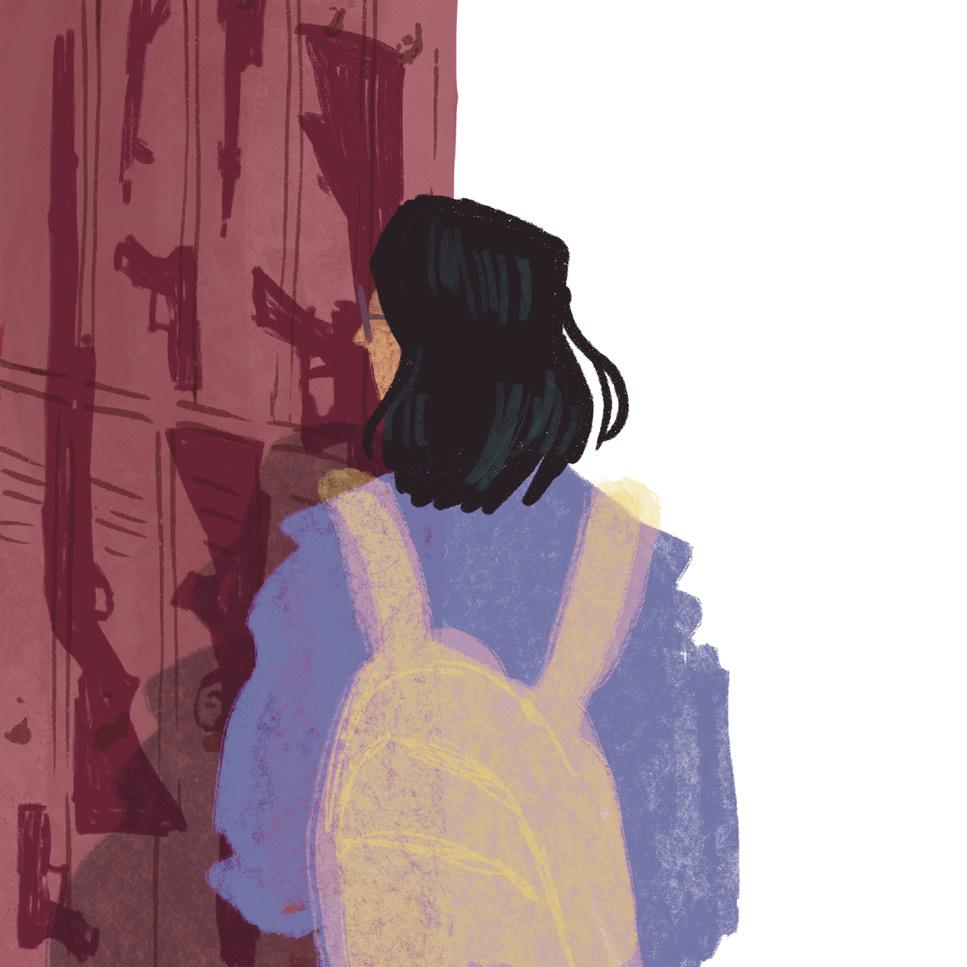
ILLUSTRATION BY TUESDAY HADDEN
suspensions and expulsions greatly limit school engagement, raising dropout rates. On a social level, no-tolerance discipline encourages exclusion of students and can negatively impact belonging in schools.
Read the rest online:

Staff Editorial: Rebuilding WashU sports culture starts with students STAFF EDITORIAL
If you ask Washington University students to name one thing that WashU doesn’t do as well as other schools, many will point to the University’s lack of a sports culture. Sports games are often sparsely attended, and few students seem to care when teams make championship runs.
When asked about how we can address this issue, many students are quick to point out administrative flaws. For example, the fact that WashU competes in NCAA Division III and not Division I is often utilized to explain the lack of fandom, as is the argument that WashU does little to make the gameday experience exciting for students.
In October, Student Life published an op-ed titled “The case for a better gameday.” In the article, steps were laid out for the WashU administration to create an athletic experience that students want to participate in, including better engagement with student groups. However, while some of the fault does lie with the administration and its organization of games, it is time to look in the mirror and consider that the biggest issue with the WashU sports culture may be the lack of student buy-in.
No matter what steps are taken to make WashU sports games more enjoyable, they are mostly irrelevant if students aren’t walking in the gates. If we want to send the administration a message that we want them to care more about sports, we first need to show them that we, as a student body, actually care about sports.
VOLUME 145, NO. 19
Over the years, WashU students have shown little interest in sports. Big games, such as the basketball regular season finale against our so-called rivals from the University of Chicago last Saturday, see considerably more attendance from community members than students themselves.
What the students who attended the games saw, however, was just how fun a WashU sporting event can be. Throughout last weekend, the best of WashU sports was on full display. Men’s and women’s basketball both beat UChicago in two thrilling games, earning themselves spots in the postseason (more on that later), baseball and softball combined to win four out of five games in their home openers, men’s tennis beat the defending DIII national champion before losing in the finals of the ITA National Indoor Tennis Championships, and women’s track and field, the top-ranked team in the country, won their fifth-straight indoor track conference title.
Though many students may not realize it, their peers competing in intercollegiate sports are regularly competing in national competitions against the best teams Division III has to offer. While WashU is a DIII school, as many students are quick to complain about, DIII sports can be thrilling, exciting, and engaging if students give it a chance. Across the country, DIII basketball fans are packing gyms to watch their basketball teams, selling out stadiums for football, and turning up in large
numbers for countless other sports. Other top-tier DIII programs regularly see thousands of spectators in attendance for games, and games, like the 2019 Cortland-Ithaca football game at MetLife stadium have even boasted over 40,000 spectators.
WashU is one of the best DIII teams in the nation — across all 17 sports, you’d be hard-pressed to find more than a few that aren’t nationally ranked — yet WashU students fail to give their sports teams the engagement they deserve, or even the respect that other DIII schools give to theirs.
The good news for WashU students looking to get involved is that it’s never too late, and the perfect opportunity is coming up this weekend. Men’s basketball is hosting a first-round NCAA tournament game on Friday, March 1, at 6:50 p.m., a game that has the chance to have an electric atmosphere if students show up. If they win, they will play another home game Saturday night.
While the spring season may be quieter, baseball and softball are just ramping up and have multiple home games on weekends throughout this semester. Track and field often competes away, but also hosts a number of exciting events, including the annual WashU Distance Carnival on March 29. Outdoor tennis season is finally picking up, and the tennis teams are hosting nationally-ranked competition at WashU almost every week.
If none of those sports are your thing, football, soccer, volleyball and more will give
you a chance for a fresh start in the new school year. For too long, WashU students have complained about the school’s sports scene. What many students overlook, however, is that the pieces we have in place right now are sufficient to build a vibrant sports culture if we take advantage of them. We can complain all we want about the issues with WashU sports, but fixing the problem starts with us.
Staff editorials reflect the opinion of the majority of our editorial board members. The editorial board
operates independently of our newsroom and includes members of the senior staff.
Riley Herron, Managing Sports Editor
Amelia Raden, Junior Forum Editor
Jordan Spector, Junior Forum Editor
Reilly Brady, Managing Forum Editor
Sylvie Richards, Senior Forum Editor
Jasmine Stone, Senior Forum Editor
Tim Mellman, Newsletter Editor
Lewis Rand, Junior Sports Editor
Olivia Lee, Junior Scene Editor
Clara Richards, Editor in Chief

Copyright © 2024 Washington University Student Media, Inc. (WUSMI). Student Life is a financially and editorially independent, student-run newspaper serving the Washington University community. Our newspaper is a publication of WUSMI and does not necessarily represent the views of the Washington University administration.
FORUM REILLY BRADY | MANAGING FORUM EDITOR | FORUM@STUDLIFE.COM STUDENT LIFE 3 THURSDAY, FEB 29, 2024
MIA BURKHOLDER COPY EDITOR
Via Poolos Clara Richards Editors-in-Chief editor@studlife.com Avi Holzman Managing News Editor news@studlife.com Annabel Shen Managing Scene Editor scene@studlife.com Reilly Brady Managing Forum Editor forum@studlife.com Riley Herron Managing Sports Editor sports@studlife.com Ved Patel Managing Chief of Copy Sydney Tran Head of Design Tuesday Hadden Ryan Davis Heads of Illustration James Ellinghaus Lily Taylor Senior News Editors Elle Su Bri Nitsberg Senior Photo Editors photo@studlife.com Tony Tong Senior Web Editor Mia Burkholder Cathay Poulsen Chiefs of Copy Ian Heft Senior Sports Editor Zara Shariff William Rosenblum Senior Scene Editors Sylvie Richards Jasmine Stone Senior Forum Editors Julia Robbins Zach Trabitz Investigative News Editors Camden Maggard Social Media Editor Lydia Nicholson Alan Zhou Junior Photo Editor Amelia Raden Jordan Spector Junior Forum Editors Lewis Rand Elaheh Khazi Junior Sports Editors Olivia Lee Sophia Hellman William Labrador Junior Scene Editors Sophie Leong Junior Illustrator Editor Aliana Mediratta Joel Swirnoff Junior News Editors Tim Mellman Newsletter Editor emailedition@studlife.com Brooklyn Hollander Samantha Elegant Tim Mellman Copy Editors Kate Westfall Astrid Burns Designers Sanchali Pothuru Multimedia Editor Adrienne Levin Coleman General Manager a.coleman@studlife.com Sarah Huff Advertising Sales Manager huffs@studlife.com
Pick me. Choose me. Love me.” — The evolution of the “pick-me girl SYLVIE
In my three semesters at WashU, I’ve sat in many discussion-based classes. In these seminars, we’ve read a diverse set of writers and theorists. Yet, one term has been attributed to at least one female thinker each semester. The term isn’t liberal or conservative, interesting or mundane, but “pick-me.”
Last semester, in two separate classes, students said this of Mary Wollstonecraft, an early writer and advocate for white women’s rights. I found this label to be accurate. Throughout “A Vindication of the Rights of Woman,” Wollstonecraft puts down other women, considering them unintelligent, overly emotional, and only concerned with pleasing men. Ironically, many have suspected she utilized these arguments to cater to a male audience.
The term “pick-me girl” originated on Twitter in 2016 but has since grown in
popularity and given birth to trending hashtags and TikTok trends. It’s also grown common in everyday conversation (among people of all genders) and, as I’ve recently caught on to, even in the classroom. Dictionary.com defines a “pick-me girl” as “a woman who obsessively desires male approval and validation, often at the expense of other women.” Urban Dictionary explains that these girls and women seek “male validation by indirectly or directly insinuating that she is ‘not like the other girls.’” A classic example is a girl who claims she has more guy than girl friends because they are more “chill” or “down-to-earth.”
It was when people were wielding “pick-me” against many of the female authors we read in my classes, with an ambiguous explanation or lack thereof, that I grew suspicious of the word. I also saw this shift on social media; the quick search of “pick-me girl” on TikTok results in thousands of videos labeling essentially anything a girl
could do as “pick-me.”
In this search, I came upon the concept of an “unrealized pick-me girl,” a girl who doesn’t even have to try and “is just cool.” In the video, a girl described her best friend as an “unrealized ‘pick-me’” because she always looks beautiful and socializes well without even trying. There’s also the “anti ‘pick-me’ girl who’s actually a ‘pick-me.’”
Now, girls could do almost anything and be a “pick-me.” And what is a “pick-me boy”?
There isn’t really one.
The original definition of “pick-me girl” points to a real frustration among girls and women, where our female counterparts sacrifice us for the attention of men. It’s an experience most of us have had at least once. Yet in utilizing the label, we are putting girls and women down too. Is the answer to these frustrations continuing the cycle?
“Pick-me” also points to another issue among girls: the need to seek male validation. Girls (of all sexualities) are taught from a young age
Caption this! Enter this week’s contest
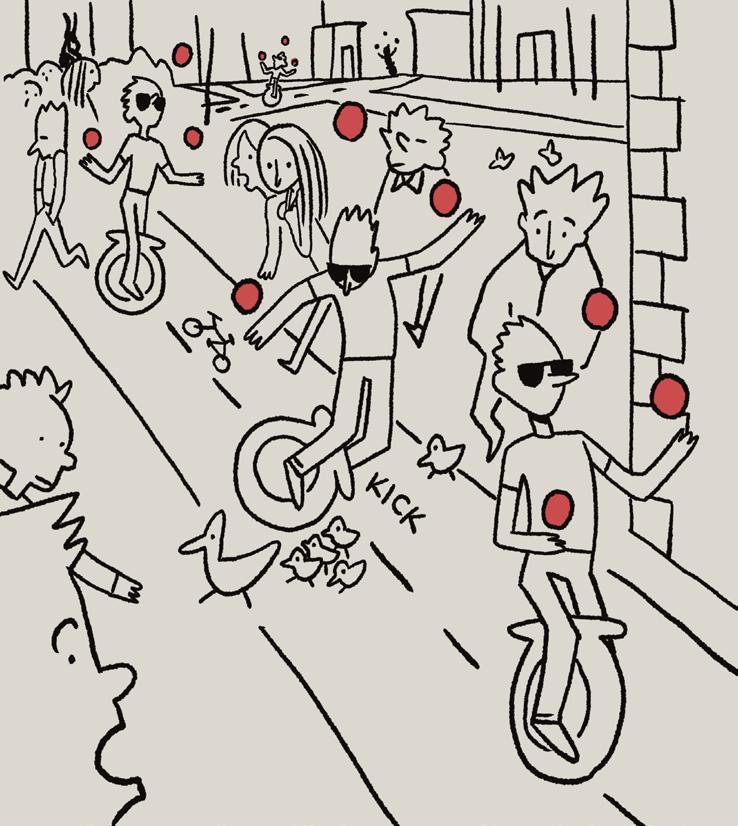
ILLUSTRATION BY
RYAN DAVIS
Scan the QR code to enter your submission by 11:59 pm on Monday.
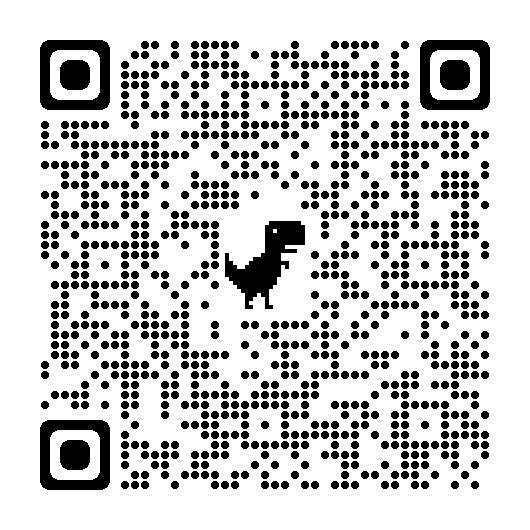
that they should want to seek this validation. Yet in using the term, we are pointing our finger at the girls, rather than asking what makes us seek this validation in the first place.
The “pick-me” phenomenon is spreading as the definition grows more and more ambiguous. In turn, we are all becoming implicated in a greater misogynistic culture.
Suddenly, “pick-me” can mean almost anything.
“Pick-me girls” aren’t “like other girls” because they take on “masculine” traits, like playing video games, to attract men. But they are also girls who take on “feminine” traits, like wearing makeup, to attract men. These definitions reinforce stereotypical ideas of “masculine” and “feminine” where women can never win. If you don’t want to be a “pick-me,” you must reach the perfect mix between subjective “masculine” and “feminine” traits. Except in doing so, people will say you’re a “pickme” anyway, trying too hard to reach this balance.

ILLUSTRATION BY ANAELDA RAMOS
Surpassing this paradox, many “pick-me girl” labels disregard male validation altogether. Now, “pick-me” girls can be girls who do anything for attention, period. Of course, we often don’t know if someone is doing something for attention. And of course, we all (regardless of our gender) do things for attention sometimes.
02/29 WINNERS

ILLUSTRATION BY JAIME HEBEL
Read the rest online:
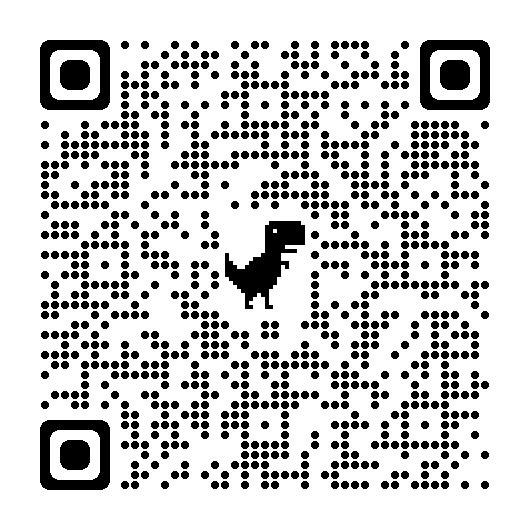
First place D0n’t like the weather in St. Louis? Wait five minutes.
Susan Flowers, WashU faculty/ staff
Second place Surfs up brah! When it melts, I’ll catch a wave.
Sean Jacobs, relative of a student
Third place
Nobody: ...
Me: *from Wisconsin*
Kaylei Knight, current WashU student
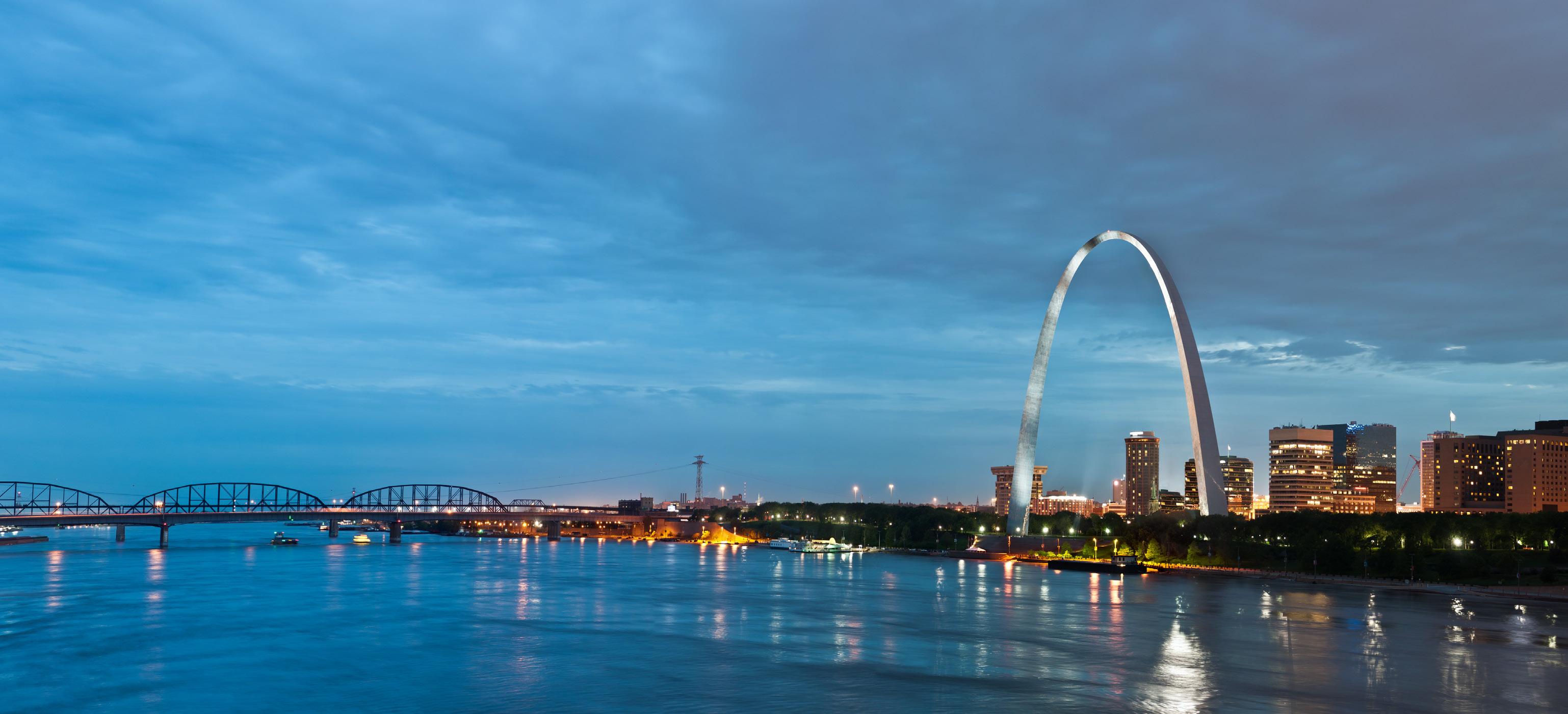

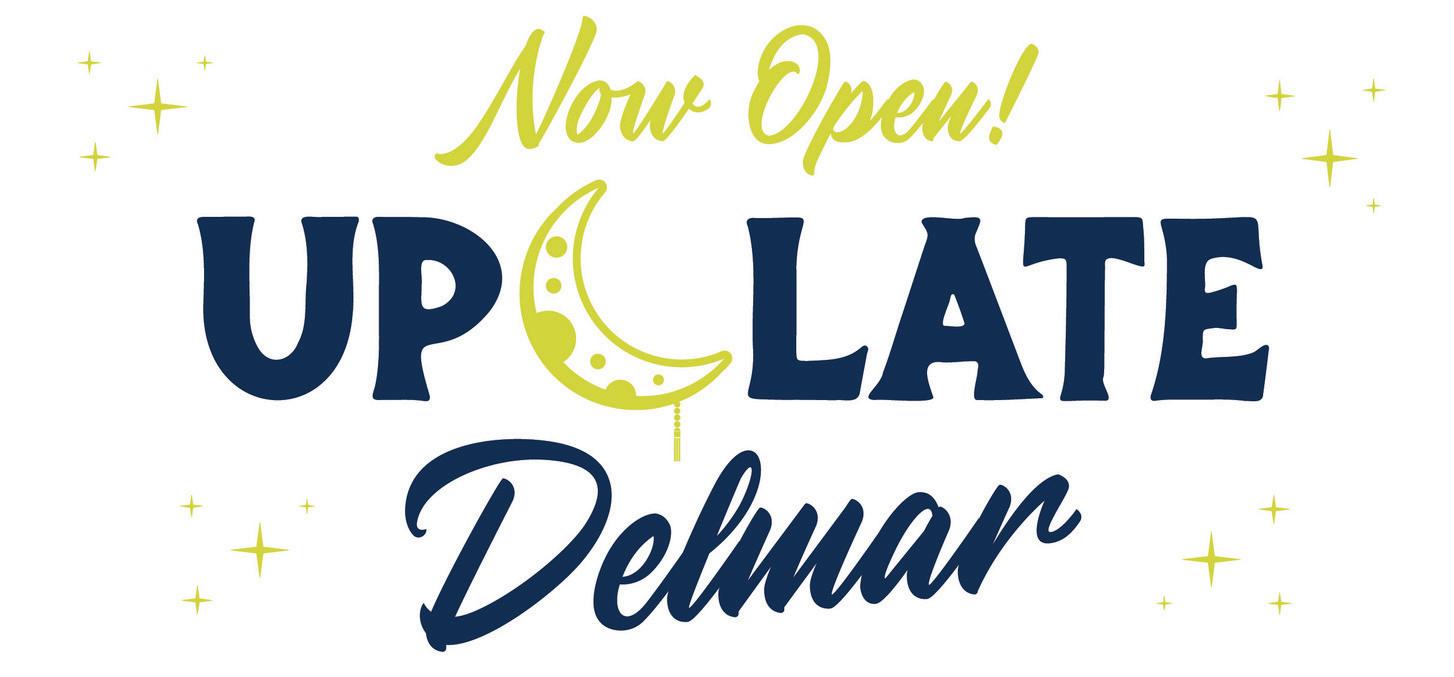

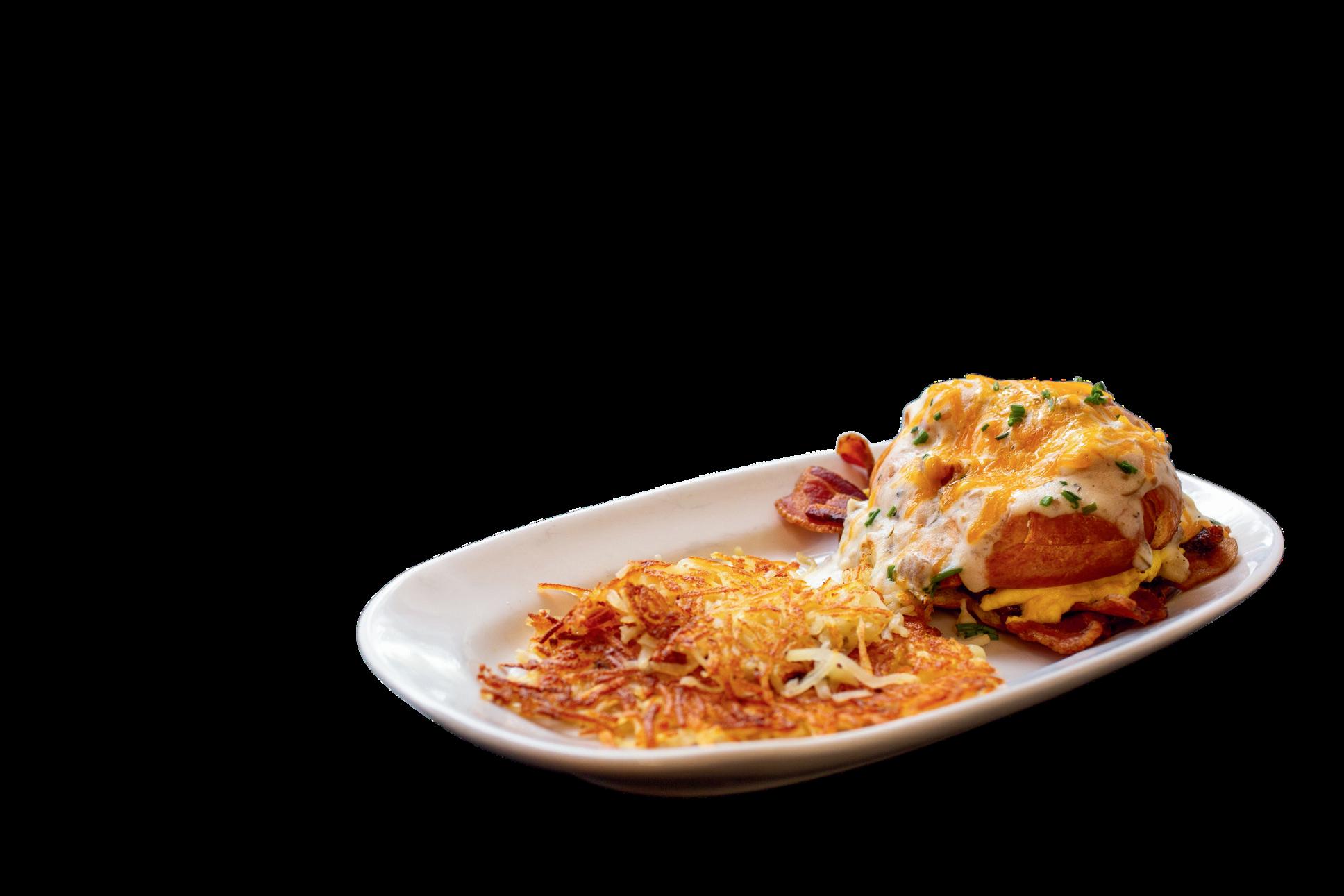


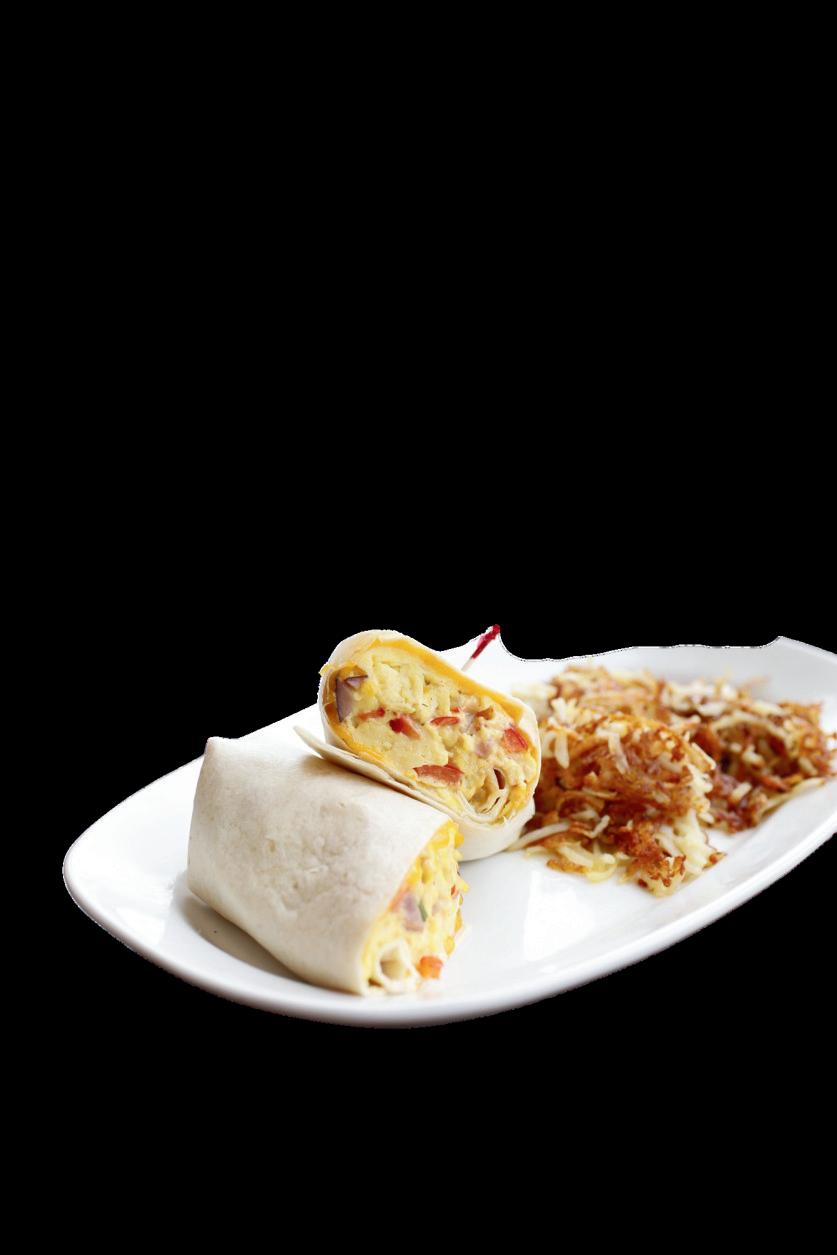

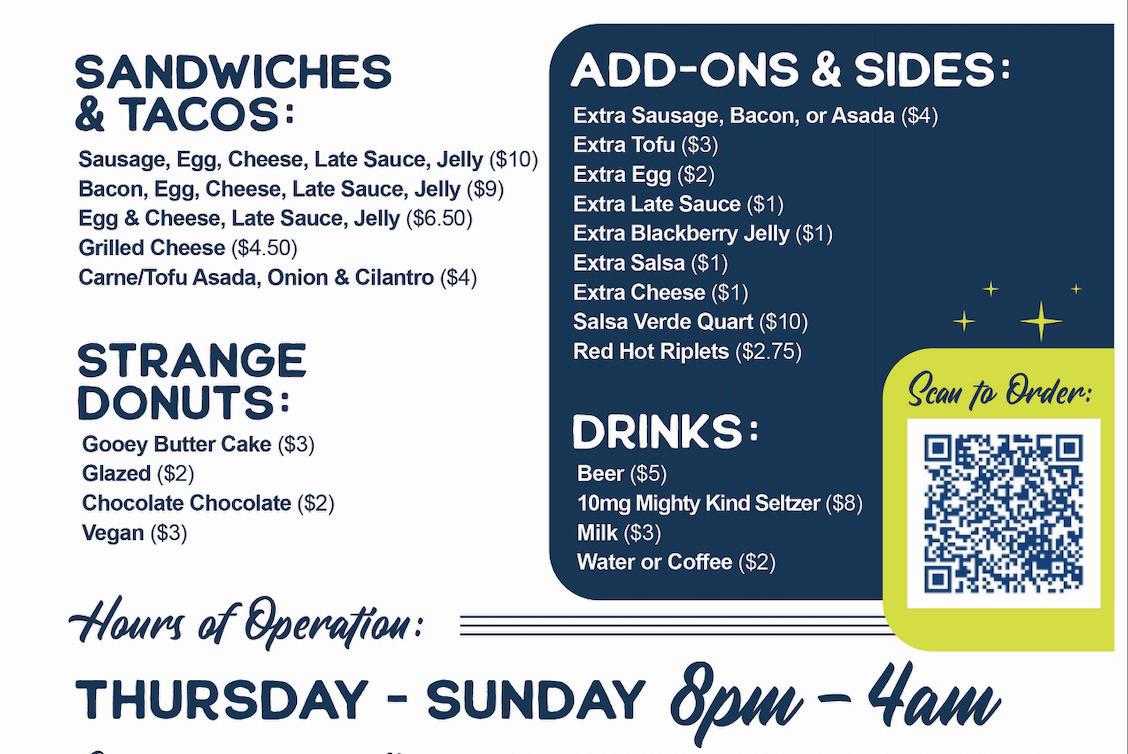


drink. dine. play. WEEKLY BAR, RESTAURANT AND FUN GUIDE Dine-in, carry-out & delivery! VIEW OUR MENUS & ORDER ONLINE Open Daily, from 7a to 2p! Now Open at NIGHT - Sat & Sun, 4p - 10p REILLY BRADY | MANAGING FORUM EDITOR | FORUM@STUDLIFE.COM 4 STUDENT LIFE THURSDAY, FEB 29, 2024
FORUM
RICHARDS SENIOR
EDITOR
ALIANA MEDIRATTA JUNIOR NEWS EDITOR
of us knew it would probably come down to our match.
I knew what beating Case would mean for the team but I felt calm inside.” Scruggs’ mentality paid off as he pulled out a 6-3 win, sending the Bears into the finals against Emory.
“The feeling was electric,” he said.
the numbers. They knew that they were the ninth ranked team in the country and were squaring off against top seed Case Western Reserve University, who ended last year’s season as national champions with an impressive record of 33-4.
They knew it had been five years since they took a win against the Spartans, including hard-fought losses in the finals round of the University Athletic Association (UAA) tournament and Indoor Nationals last year. They knew it would take stellar performances across the board to earn their way to the championship round this year.
With the score tied 3-3, the matchup against Case came down to the fourth singles match, pitting WashU sophomore Colin Scruggs against Case Western’s Ansh Shah. In a dramatic affair, Scruggs had a tight first set that he won 7-5, then dropped the second set 2-6, meaning that the bid to finals came down to the final set.
“The third set was a war of attrition,” Scruggs said. “Both
In the final, however, the Bears fell to Emory University, the sixth seed, with a final score of 4-0. The WashU team finished as national runners up at the Indoor Nationals for the second year in a row.
The Indoor Nationals tournament, which was run by the ITA, brought together the top seven teams from last year’s final ITA Division III national rankings, as well as Sewanee: The University of the South, the hosts of the tournament.
WashU kicked off the tournament with a 4-3 win over No. 11 Sewanee. The match was highlighted by a win from sophomore Colin Fox and senior Gaurav Singh, who beat the number one doubles duo in NCAA Division III 6-4.
Playing at the number one spot for singles, senior Jared Phillips knew going into the tournament that every match would be a toss-up. Phillips had never beaten Case Western, who came looking for their third-straight ITA Indoor National Championship title, in his career at
WashU.
“It’s just a matter of keeping focus and staying locked down,” he said.
After retiring from his first round match against Sewanee’s Jordan Theron, the top-ranked singles player in DIII, Phillips was ready to compete in the second round against Case Western. Phillips beat Vishwa Aduru, who ended last season ranked 10th in the nation in singles and won the 2023 doubles championship, in straight sets, 6-2 and 6-4.
“I think that was one of my overall best matches that I played in my WashU career,” Phillips said after the victory. “Coming off the doubles points, we just had a lot of energy, and I really fed off it well.”
The Bears had earned the single team point for doubles after winning two out of the three matches, each with a score of 6-3.
Singh and Fox had a strong showing in their doubles match.
“After we got broken for 2-3, we broke those guys right back,” Singh said. “We were serving at 4-2 and that’s when we hit all those aces and closed it out to 6-3.”
Singh was one of the many WashU players competing in a grudge match against Case. During his freshman year, the now-senior dropped in a close 5-4 game against the Spartans during the NCAA semi-final.
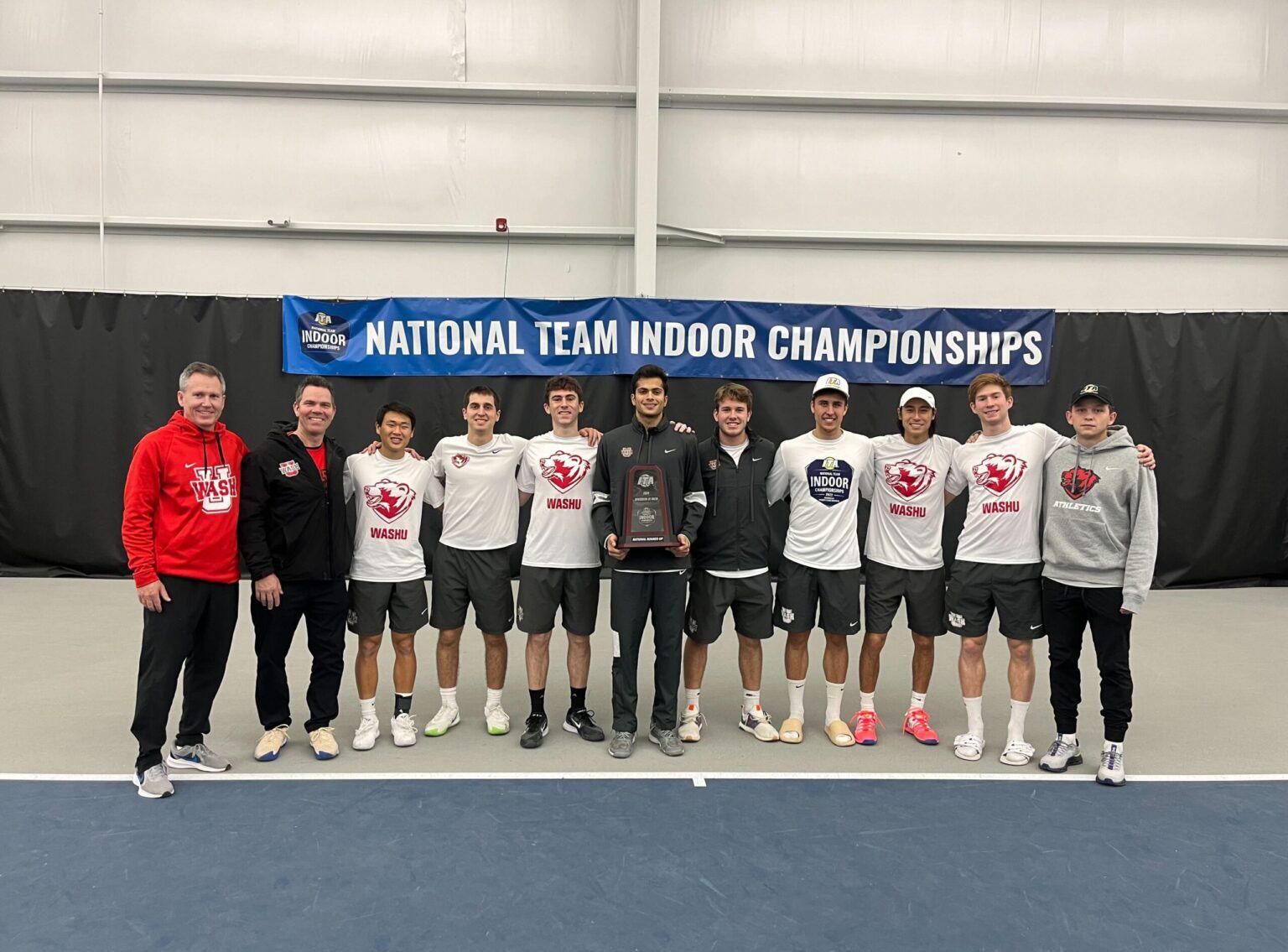
Now, three years later, Singh said that going into the tournament, the team was feeling confident and excited.
“We’ve definitely been preaching: stay composed, stay confident, stay concentrated,” Singh said.
Singh defeated Casey Hishinuma, who ranks sixth in Case program’s history with a .816 career singles winning percentages, in a straight set match, 6-3, 7-5.
With the teams tied at three, Scruggs took the Bears to the final with a win in his singles match.
Though the team’s energy was strong coming off their
win in semifinals, a tough game against No. 6 Emory University left them with the runner-up title. Emory took all three doubles matches, as well as the three singles matches that were played before Emory was able to clinch the win with a total of four points.
Fox and Singh fell 4-6, graduate student Sergiu Celebidachi and Phillips lost 2-6, and juniors Pato Garcia Muriel and Scott Yamamoto fell 4-6 in the three doubles contests. In singles, Phillips dropped 3-6, 1-6, sophomore Eric Kuo fell 4-6, 1-6, and Singh lost 1-6, 3-6.
“Playing against Emory is always a tough time,” Singh said. “I think they’re probably our biggest rivals in tennis historically, it’s certainly always a tough battle and they never give us an inch.”
In Scruggs’ opinion, Emory clutched the win because they were “hungrier” than Case.
Read the rest online:
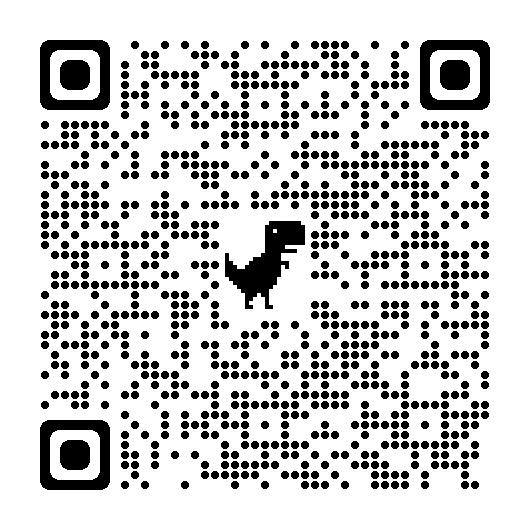


SPONSORED BY: PUZZLE PUZZLE Mania Superstition Crossword by Alex Nickel 1 E 2 L 3 B 4 O 5 W 6 M I A M I 7 I B S E N 8 T R E N D 9 S A S S Y ACROSS 1 Something up one's sleeve? 6 Where the Dolphins play 7 "Hedda Gabler" playwright 8 Something you can find in data or on Twitter 9 Smart-alecky DOWN 1 Radiates 2 Astrological sign after Virgo 3 What Pirates may steal 4 Black cats or broken mirrors 5 Like Chicago, so they say Last week’s solution Analogies Crossword by Alex Nickel 1 2 3 4 5 6 7 8 9 ACROSS 1 Wash you? 6 Cities : urban :: countrysides : 7 "It was _ ____ and stormy night..." 8 Bibliophile : books :: oenophile : _____ 9 Defeat DOWN 1 Duke it out 2 Sound 3 4 Pride : lions :: husk : _____ 5 Antlered animals RILEY HERRON | MANAGING SPORTS EDITOR | SPORTS@STUDLIFE.COM STUDENT LIFE 5 THURSDAY, FEB 29, 2024 SPORTS No. 9 men’s tennis beats No. 1 Case Western, finishes second in ITA Indoor Nationals When the Washington University men’s tennis team prepared to take the court during the semifinals of the Intercollegiate Tennis Association (ITA) DIII National Indoor Championships on Feb. 23-25, they knew
COURTESY OF JARED PHILLIPS
The men’s tennis team poses with their national runners-up trophy.
No. 1 women’s track and field wins fifth straight UAA Indoor Championship, men’s team finishes fourth
When Washington University senior Emma Kelley stepped on the track to compete in the 800-meter dash on Feb. 25, she was doing something she had never done before. Despite this being her fourth season on the No. 1 women’s track and field team, this was her first time racing the event at the University Athletic Association (UAA) Indoor Championship. With a time of 2:05.98, she finished as a UAA champion, breaking the conference record.
“I definitely didn’t go into that race specifically with the goal of breaking the record, but I’ve never run eight at the conference meet yet,” Kelly said about the race. “I knew that if I got the chance to run it, I probably could have a good shot at doing that.”
Thanks to impressive performances by Kelley, who also led the Bears to victory in the distance medley relay (DMR) and the 4x4000 meter, and her teammates, WashU’s women’s track and field team won the UAA indoor track and field championship, their fifth consecutive conference title. The men’s team placed fourth in the competitive field at The Armory, one of the most historic venues in American running.
The Bears’ performance was headlined by two UAA Championship records: Kelley in the 800-meter run and
sophomore Jasmine Wright in the 60-meter dash with a time of 7.63 seconds. After the meet, Wright talked about how special it was to break the record in front of her teammates.
“I think being able to have a lot of the team there was really nice and bringing that conference energy is super great,” she said.
The Bears placed first in seven other events, including the women’s 4x400 meter relay, of sophomore Kylie Spytek, first-year Cate Christopher, graduate student Danielle Schultz and Kelley, and DMR, which placed second at the 2023 NCAA Division III Championship.
The first day of the meet saw two victories by the Bears. One of which was the DMR, featuring senior Helena Teixeira-Dasilv, Christopher, Kelley, and senior Alexandra Blake. Yasmin Ruff, who has the third-highest mark in Division III this season, also finished first with a pole vault of 3.81 meters.
However, despite these two victories, the No. 1 WashU women’s team sat in second, 22 points behind the No. 9 University of Chicago. However, the Bears bounced back on day two, finishing the meet 20 points ahead of the Maroons to become UAA champions. The men’s team entered the second day in fourth, where they would ultimately finish. Despite this deficit after day one, the women’s team was not concerned, as more
events were scored on the second day of the meet.
“It’s always kind of weird because the first day there’s not a whole lot of events scored,” Kelley said. “So, I think a lot of us know that and don’t pay too much attention to the team scores going into the second day. So we definitely weren’t concerned about that.”
Alongside Kelley and Wright, senior Ebun Opata tripled jumped 12.42 meters en route to victory, and junior Nicole Stewart won the 200-meter dash with a time of 25.26. Junior Lauren Gay and Spytek finished second and third, respectively, behind Stewart.
On the men’s side, firstyear Peter Lichtenberger, who holds the eighth-highest mark in pole vault in Division III this season, and first-year Alex Gardner, placed first in the pole vault and 200-meter dash, respectively.
“It was just a really fun race,” Gardner said about the 200-meter win. “I took some stuff from prelims, and so I had one new strategy in mind. So I did that, I ran the race as fast as I could and I just pulled it off.”
Gardner also led off the men’s 4x400 meter relay, which ran a 3:17.70 en route to a second-place finish.
The Bears’ depth also showed through in distance events with seniors Cullen Capuano placing fifth in the 5,000-meter run and Kyle Puckett placing fourth in the 3,000-meter run.
On the women’s side,
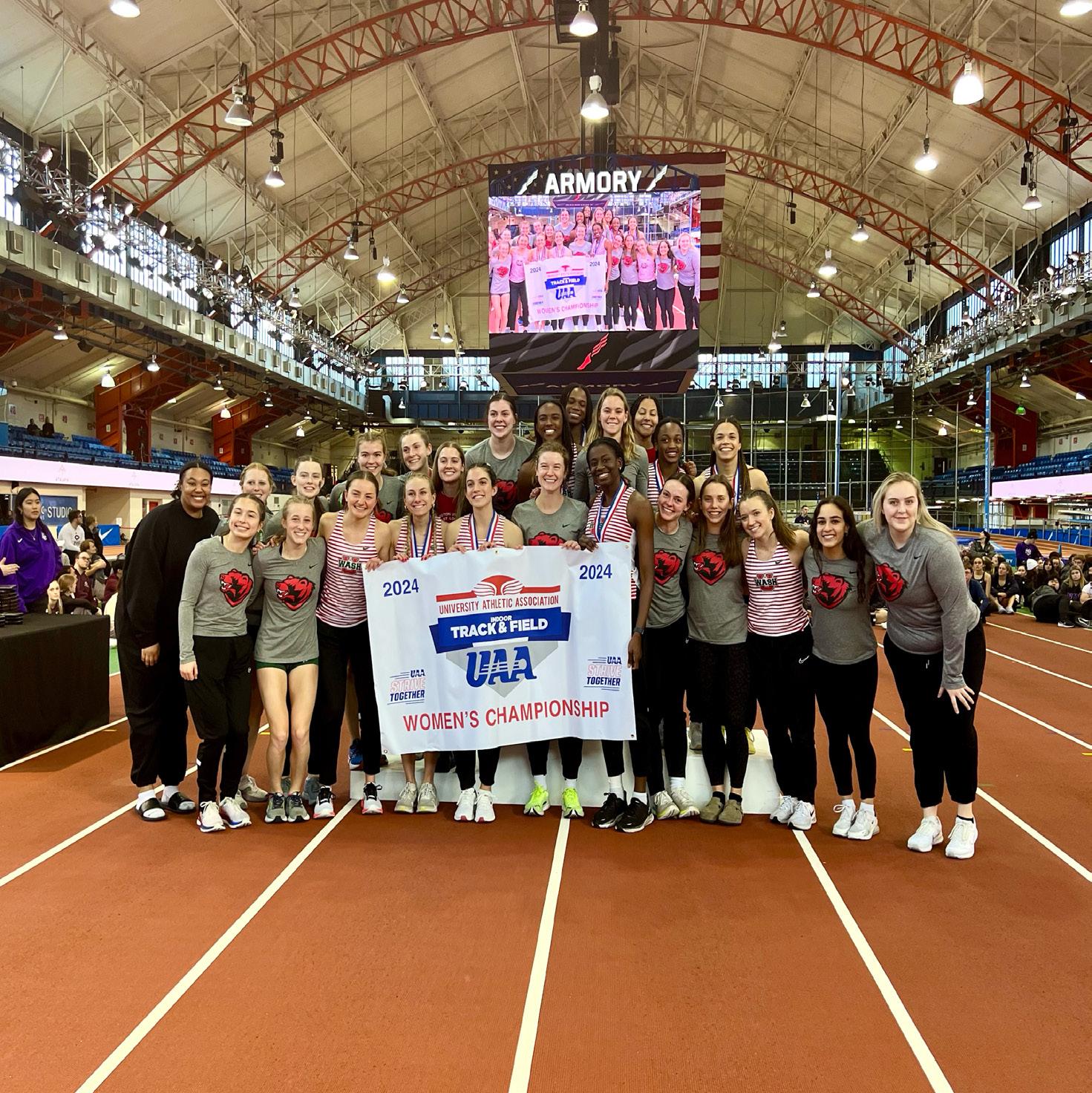
3,000-
run, and junior Julia Patterson placed sixth in the 5,000-meter.
The women’s team has won the conference meet every year since 2019 (excluding 2021 when the meet was canceled due to COVID-19) and now holds 10 conference records.
“It’s definitely been a super exciting experience as a whole,” Kelley said. “It’s
always pretty close between us and Chicago and it’s just been amazing to [have] such a great group every year… everyone does their best and it has worked out for the past three years. So it’s been really fun to be a part of.”
The Bears will travel to Virginia Beach on March 8-9 to compete in the NCAA Indoor Championships. The women last won the meet in 2017 and were national runners-up last year in Birmingham, Alabama. The men’s team won just two
years ago in 2022. Going into the national championship, Wright hopes to use the time to fine-tune her training and work on recovery.
“There is not much else to do, I think it’s just really being consistent with training and doing extra good recovery,” she said. “I would say that all sort of starts now in preparation for the weeks to come as being physically prepared and mentally prepared in that regard for competition.”
“You won’t want to miss it”: Men’s basketball to host NCAA first and second rounds
RILEY HERRON
IAN HEFT
JACOB
RITHOLZ MANAGING SPORTS EDITOR SENIOR SPORTS EDITOR STAFF WRITER
On Feb. 9, the Washington University men’s basketball team lost a crucial UAA game at Emory. The loss dropped its record to 14-7, and just 4-6 in conference play, putting its hopes of making the playoffs for a third straight season in jeopardy. Despite the struggles, the team never let the pressure get to it, winning its final four games of the season.
“They hung in there and just kept believing and trusting in what they’re doing and each other,” head coach Pat Juckem said.
Three weeks later, when the NCAA Division III tournament field was revealed on Monday Feb. 26, WashU was one of 64 teams listed. The Bears not only earned a spot in the tournament field, but obtained hosting privileges in the first and second rounds, one of just 16 teams to do so.
“It’s just special getting to play tournament games at home,” senior Jabari Chiphe said after the bracket was released. “It’s such a special memory; our games in the past couple years have been amazing in front of a great crowd. It just feels like a culmination of all the work you put in all year.”
Though many members of the Bears squad, including Chiphe, bring tournament experience, the squad has struggled in its recent playoff appearances.
Last year, the Bears won their opening game, but fell by three points in a secondround thriller against North Park University. The year before that, they lost in the second round by two points.
The last time the Bears
advanced past the opening weekend — in the 2019-20 season — the tournament was canceled before their third round game due to the COVID-19 pandemic.
Though the Bears are confident in their ability to make a deep run this season, they know it will not be an easy feat.
“There’s only 64 teams left playing at this point, so everybody’s earned it and everyone’s good...” Chiphe said. “I’m confident that if we play to our identity and our strengths, that we can beat anybody in the country, but every game is gonna be a battle.”
The Bears’ opponent, the Wisconsin Lutheran College Warriors, appear poised to offer a unique challenge. On paper, the Warriors may seem like a favorable draw for an opening matchup — this is their first NCAA tournament game in 18 years, and only their second appearance in program history. However, they’ve caught fire to end the year, finishing the season on a 10 game win streak with an average margin of victory of 14 points. The Warriors rode their hot finish to a conference title in the Northern Athletics Collegiate Conference (NACC), which earned them their spot in the NCAA tournament.
“Winning’s just part of their culture right now…,” Juckem said. “So they’re going to be a fantastic test.”
Wisconsin Lutheran plays a high-scoring brand of basketball, led by defending NACC player of the year Ryan Broekel. The 6’6 senior forward has stuffed the stat sheet this season, averaging 17.6 points, 8.7 rebounds, and 2.6 assists, while also leading the team in blocks and steals. Brokel is joined in the starting lineup by Jacob Stotlz, Grayson Goetz, and Jacob
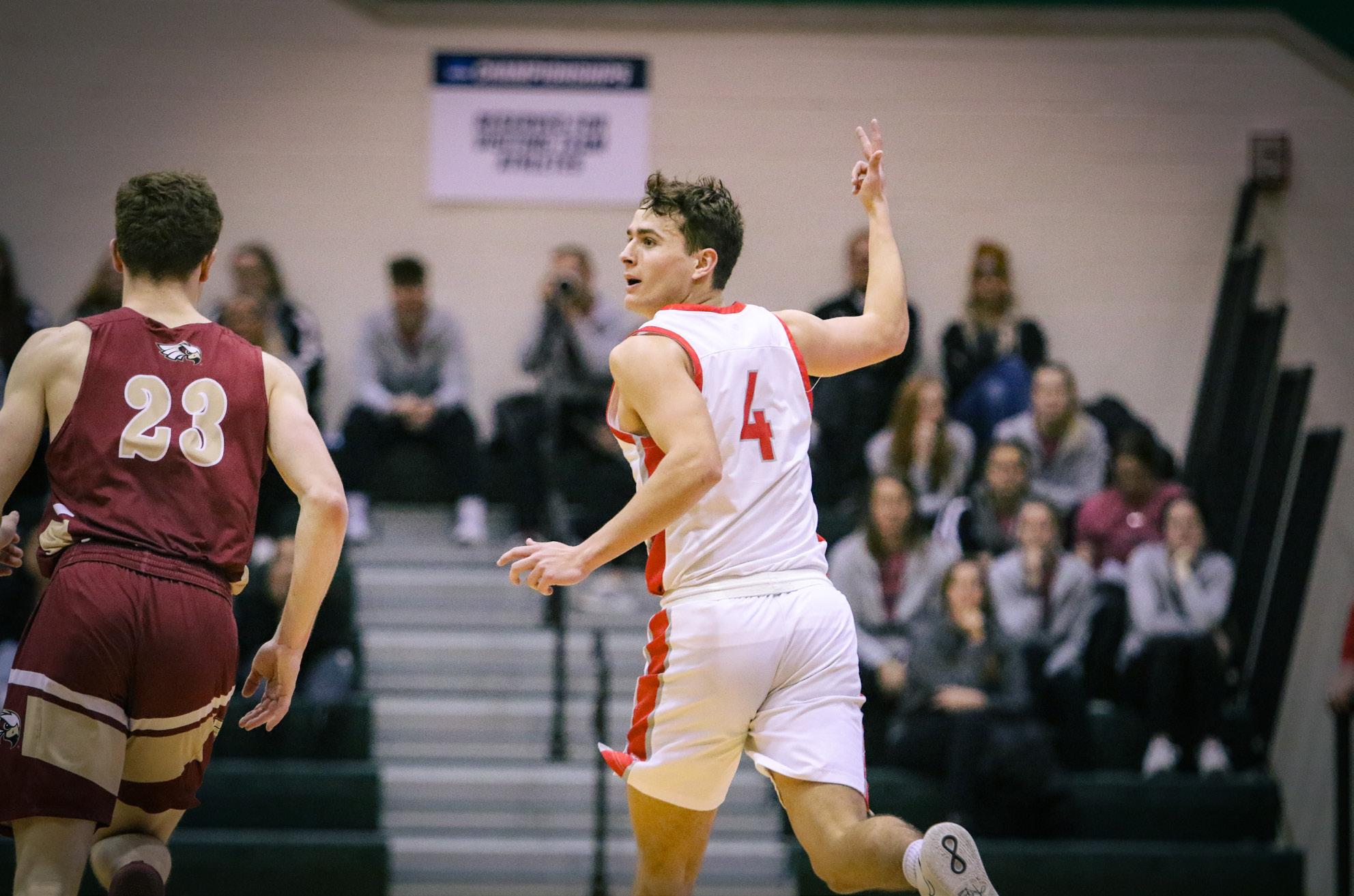
Hefle, three guards who average double-figures and are threats from the perimeter, and big man AJ Vos.
However, the Warriors lack the depth of the WashU squad. Wisconsin Lutheran routinely plays only five or six players per night for 10 or more minutes, while the Bears employ a deep nineman rotation. Having a capable bench allows the Bears to run play multiple lineups and provide help around their key starters, including recent All-UAA selections junior guard Hayden Doyle, sophomore guard Yogi Oliff, and sophomore center Calvin Kapral.
While Wisconsin Lutheran averages an impressive 81.9 points per game, compared to WashU’s 74.1, it has not faced as tough competition as the Bears have in the UAA and in tough non-conference matchups.
Throughout the regular season, WashU played seven teams who made
the playoffs — New York University, Case Western Reserve University, Carnegie Mellon University, Babson College, Swarthmore College, Fontbonne University, and Wabash College — and played them to an impressive 7-3 record.
If WashU can get past Wisconsin Lutheran on Friday, it will face off against the winner of the matchup between Dubuque and Illinois College. The Bears will need to take things one game at a time, but all season they have excelled in must-win games.
Juckem says that the team has embraced a “tournament mentality” as it fought for a playoff spot down the stretch. Experience playing against challenging opponents each week should help the Bears prepare for whatever comes their way in the postseason.
Still, the playoffs present a different beast. From now on, every game the Bears play will come with
the risk of a season-ending loss. Unlike in January or February, there is no room for error.
“It’s what makes the tournament special, right?
You know, survive and advance. Every time you go out there from this point forward, it could be the last time we do it as a team this year,” Juckem said. “[But] you can’t shy away from it. You have to embrace that moment.”
Last season, when the Bears hosted a regional, students and community members showed up in droves to cheer them on. The Bears have been dominant
this season at home, going 13-1, and Juckem hopes that the home-court advantage will once more play a role in this weekend’s winor-go-home games.
“I just can’t wait to have this field house rocking as it’s never been rocked before,” the coach said.
For Chiphe, this weekend’s matchups could be the final time he suits up in a Bears uniform. But the senior is ready to play in a packed fieldhouse on Friday night.
“It’s gonna be a fun one,” said Chiphe. “We’re prepared to battle, and you won’t want to miss it.”
 sophomore Katie Rector placed fourth in the mile, senior Alexandra Blake placed fifth in the
meter
CLARA RICHARDS | STUDENT LIFE
sophomore Katie Rector placed fourth in the mile, senior Alexandra Blake placed fifth in the
meter
CLARA RICHARDS | STUDENT LIFE
LEWIS RAND JUNIOR SPORTS EDITOR
COURTESY OF WASHU ATHLETICS
WashU
women’s track & field celebrates their UAA indoor title.
RILEY HERRON | MANAGING SPORTS EDITOR | SPORTS@STUDLIFE.COM 6 STUDENT LIFE THURSDAY, FEB 29, 2024
Hayden Doyle was named to the All-UAA first team this year after averaging 15.8 points per game in conference play.
SCENE
Going to an STL City SC Game? Tips to get ready for the big day.
Consider second level seats when buying tickets.
Last year, St. Louis City, the newly-founded Major League Soccer (MLS) team, made a roaring debut, soaring to the #1 spot in the MLS rankings for the 2023 season. This year, with a cult following and the stature of an accomplished soccer team, they will be sure to have some exciting games in store. CityPark, the team’s home stadium in the Downtown West neighborhood of St. Louis, opened in Nov. 2022, in preparation for the 2023 season. I visited CityPark for STL City’s home opening game, and to say I was impressed would be an understatement. Here’s everything you should know and some tips and tricks for this year’s season, in case you find yourself in the lucky position of grabbing some tickets and heading to a game of good ole soccer.
While the hustle and bustle of a seat at either end of the field brings more excitement to the game, a seat higher up, with an undeniably great view, might be a better option. Sitting just a little higher not only gives you vantage over the whole field, but also is nice if you’re more interested in taking in the crowd. I witnessed some of the best chanting, red flares, and massive sea of red and blue from an angle that I was able to enjoy it all from. Even though slightly calmer, don’t think that the fans up in the stands aren’t as die-hard as they are near the ground.
See if any events are happening in the area before the game.
While the Smino Block Party was a special event for the home opener, the CityPark has hosted events for
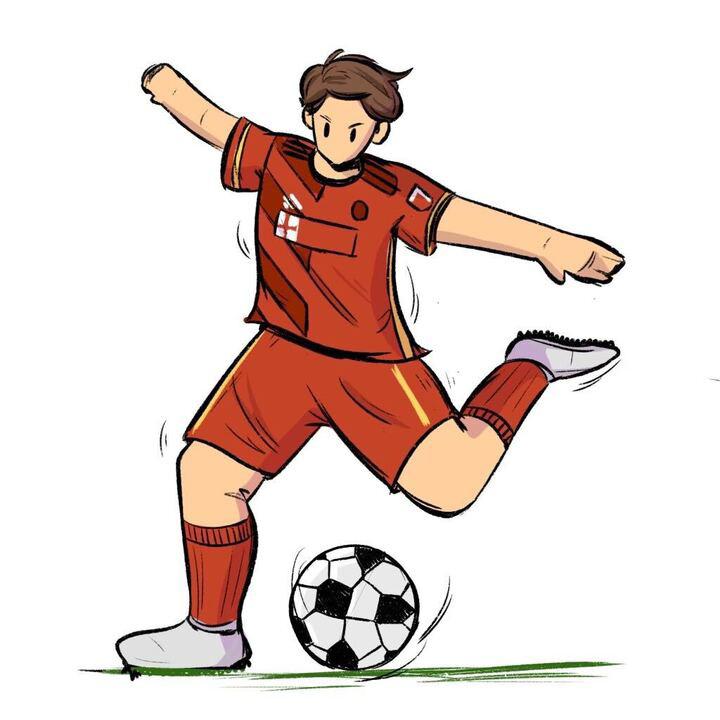
many regular season games in the past, and will presumably host more this year. Attending one of these lively and fun pre-game events only makes you more excited to see them play and also makes one feel like a real St. Louisan (even if you aren’t).
Remembering Harold Ramis: A WashU icon’s journey from campus to comedy stardom
This past Saturday, Feb. 24, was the 10th anniversary of Harold Ramis’s death, most well known for his involvement in films such as “Animal House” and “Ghostbusters” (in which he played Egon Spengler).
Harold Ramis was born on Nov. 21, 1944 in Chicago, Illinois and was brought up Jewish. He entered Washington University in 1962 as an undergraduate student, was a member of the Zeta Beta Tau fraternity, and graduated in 1966. Following his graduation, Ramis worked at a St. Louis mental health facility for seven months before ultimately pursuing his comedy career at Second City in Chicago and beyond. A lifelong lover of his alma mater, Harold Ramis received an honorary Ph.D. from WashU in 1993. Ramis loved WashU, and continued to return throughout his career, speaking on campus most recently in 2009.
As a lover of comedy, I thought it was important to take a brief look back on the life and accomplishments of this WashU icon and entertainment industry juggernaut: someone who touched all our lives whether we knew it or not.
Ramis spoke about his time at WashU and in ZBT to the St. Louis Jewish Light: “Going away to school and joining ZBT was really a liberating experience for me,” he said. “We lived in an atmosphere of moderately controlled violence. We were able to do what we wanted and when we wanted to do it. Like those in ‘Animal House,’ we felt ‘we can do anything.’”
To me, Ramis means the world, a part of the reason I am proud to be a WashU student. His ideas, reaching millions, provided infamous entertainment, but also made people think about the state of the world. Among our many distinguished alumni, he is proof of the impact and power a WashU student can have after they graduate. Ramis made people think and laugh.
Jack Black, an American
actor in primarily family and comedy films, said, “Harold was a force of good in the universe — so funny, sweet and thoughtful, He will be deeply missed.”
Looking back on Ramis, I thought it would be interesting to delve into the Student Life archives to see how he appeared during his time as a student and better understand the fun-loving, good-natured, thoughtful man that ambled through the same university halls we pass every day.
From my brief search, Ramis did not appear in Student Life until 1964 (his junior year), where, during welcome week, Ramis sang folk songs at the first-year talent show. That same year, in a StudLife article called “Bearskin Tryouts,” Ramis wrote and performed a sketch for the Bearskin Follies, a satirical show run by fraternities and sororities (Ramis was the vice president of ZBT his junior year). Their sketch portrayed the problems leading to the Revolutionary War as not sectional, but sexual. In addition, they depicted how the first battle of the war was in 1765 — not 1775 — a very Ramis-type comedic sketch.
In the show, Ramis played “Mr. Schwartz, a sleazy revolutionist with a suggestion of the John Birch Society,” as quoted in a 1965 StudLife article titled “Bearskin’s Folly Tonight, Tomorrow In Brown Hall.”
Unfortunately for Ramis, this show got negative reviews from Student Life’s guest reviewer Richard Lavin, though he shone a somewhat positive light on Ramis’ performance: “The Cohen-Ramis duet frankly didn’t work, neither musically nor comically”, Lavin said. “However, Ramis seemed to succeed best at adapting himself to the small stage. His throw-aways and ad-libs were probably his best moments.”
In a StudLife article from 1965 called “Bearskin’s Folly Is Real Folly,” an example of one of his throw-aways is “Get on the stick, boy,” as he handed Paul Revere a wooden horse.
In the fall of Ramis’ senior year, he played the second shepherd in a play in the WashU Christmas assembly.
As featured in StudLife’s 1965 article titled “Christmas Assembly To Feature Play,” Ramis won “‘The Man Most Likely to Succeed Award’ for writing to the CIA and requesting brochures on a career in espionage.”
Ramis performed in a play called “The Hostage,” which was about an Irish brothelinn. Here, Ramis played “a meek ex-church official who had run off with Church funds [and] has just been converted (or rather, inverted).”
Despite his sub-par singing, his “hammed gestures and facial expressions” made up for it. Ramis continued doing theater, appearing in “Oedipus Rex” in March 1966 as the high priest. That was the last mention of Ramis in Student Life during the 1960s until his name was listed for graduation in StudLife’s June 1966 issue, “Undergraduate Degree Winners Listed.”
To me, this brief exercise of looking at Ramis during his time at WashU was illuminating. Specifically impactful, in my opinion, are his “Most Likely To Succeed Award” and his Bearskin Follies sketch. Ramis writing the CIA is akin to the bumbling characters of John Winger and Russel Ziskey in “Stripes.” Ramis yelling, “Get on the stick, boy,” to Paul Revere is a line that could have been pulled out of any of his movies, reminiscent of Clark Griswold in National Lampoon’s Vacation.
It comforts me to know that the Harold Ramis who went to WashU was the same Harold Ramis I idolized, whose movies I absorbed, one after the other.
Harold Ramis died on Feb. 24, 2014 due to “complications of an autoimmune inflammatory vasculitis.” Upon Ramis’ death, President Obama said, “When we watched his movies — from Animal House and Caddyshack to Ghostbusters and Groundhog Day — we didn’t just laugh until it hurt. We questioned authority. We identified with the outsider. We rooted for the underdog. And through it all, we never lost our faith in happy endings.”
Inside the stadium isn’t the only place to buy merchandise.
Official STL City merch can be found in many other places than the store located inside of CityPark. Just across the street is the official team store, which is less busy and also has more options
than the smaller stadium store. Also, if you are going on a whim, there are STL City merchandise pop-ups located directly outside of the main parking garage. Merch or no merch, make sure you wear their signature colors to the game or else you’ll stick out like a sore thumb.
Don’t miss out on some of St. Louis’ best eats.
To compliment a great team is great food at CityPark. In their first season, the stadium introduced a mountain of food and drink options, partnering with local eateries for completelylocal food offerings. Some menu items being introduced in 2024 “include the O+O burger from Olive + Oak, hummus and chicken shawarma from Olio, fried chicken sandwiches from Sunday Best, and burritos with kimchi rice from Seoul Taco.” Also, hate waiting in lines? On the STL City
Soccer app, you can easily mobile order food and pick it up.
Explore the area before the game!
STL City’s stadium is located in a vibrant part of St. Louis, and just a few blocks away is the iconic Union Station, packed with plenty of fun activities, from the Aquarium to the Ferris wheel, to check out before the game. In case you have a craving for some St. Louis classic eats before the game, consider checking out some of the area’s restaurant options: Beffa’s for some St. Louis Classics, Schalfly’s Tap Room for some classic soccer match eats, or Havana’s Cuisine for some Cuban flavor! With these tips in mind, grab a mate and some red or blue, and watch as St. Louis City dominates in the 2024 MLS Season!
WashU students talk about the war in Sudan and genocide
Following the removal of authoritarian leader Omar al-Bashir in 2019, the recent conflict between warring militaristic factions the Sudanese Armed Forces (SAF) and Rapid Support Forces (RSF) over control of Sudan has caused the deaths of over 12 thousand individuals. Additionally, the conflict has displaced more than 9 million others and remains a humanitarian crisis that threatens one of the world’s most politically complex regions.
Though the war is fought on a continent far removed from that of Washington University, the impact caused by the conflict is anything but. Many WashU students from Sudan struggle to balance both the situation in their homeland and life at school. Students interviewed by Student Life said they battle hopelessness, lack of inclusion in the student body, and frightening realities of their relatives fleeing.
As a first-year Sudanese student, Asmaa Hassan said that her education at WashU is starkly different from the education her nieces are receiving in Sudan.
“It makes me realize how privileged I am, but also, at the same time, do I deserve what I have?”
Hassan said. “I’m here at a top university. I’m getting an education. There are children like my little cousins who haven’t returned to school since April 2023.”
This sentiment of helplessness is shared by first-year Mahid Abdulkarim, who said that the war is between “two guys” wanting more power.
“One of my friends was shot and killed by the
militia that is currently fighting the RSF army, for no reason,” Abdulkarim said. “This guy was a good guy who went to MIT. He was just there for Summer Break. And he was just shot and killed right there. The thing that bothered me about all this is the fact that there’s nothing anyone can do.”
Professor Housni Bennis, senior lecturer in the Jewish, Islamic, and Middle Eastern Studies (JIMES) department, elaborated on the internal factional schism between the SAF and RSF. Bennis explained how complex and nuanced the crisis is.
“The problem with the conflict today is that, besides the Sudan[ese] Armed Forces and the Rapid Support Forces, we also have tribal factions and militia groups,” Bennis said.
“And of course, the tribal factions and militia groups are remnants from the time of Bashir [former Sudanese dictator]...He created a conflict that is tearing apart Sudanese society.”
Bennis went on to speak about the humanitarian impact of the conflict.
“Whenever we talk about humanitarian crises, we are talking about three things: health, safety, and well-being of the people,” he said.
“This leads to lack of safety for civilians; nowhere is safe for Sudanese civilians now… here is the lack of safety. The hospitals and medical clinics are hit…and the people are running out of food, water, and especially medicine.”
Both Hassan and Abdulkarim mentioned the “WashU bubble” and said that they wish the University had a “better stance of just acknowledging and informing the student body” about the crisis in Sudan.
“We don’t realize how many people suffer while we live in this utopia-like
campus,” Hassan said.
“I wish WashU did a [better] job of educating its students.”
As a member of the Muslim Student Association (MSA), Hassan said the group is working to educate the student body about Sudan.
“[MSA] has done a good job of reposting things and spreading awareness. We are a small but united community,” she said.
Abdulkarim also said he was frustrated with the lack of media representation of the conflict in Sudan.
“The stupidest things that don’t matter will find its way to like every major social media platform, everyone’s TV, but then stuff like [Sudan] — Nothing, nothing at all.”
Despite the conflict, Abdulkarim said that Sudan still reminds him of home.
“When I think of Sudan, I think about being in that place with my family around me… It’s just a place for me that is full of love and good memories,” he said.
In the last moments of his interview, Bennis stressed the gravity of the humanitarian catastrophe unfolding in Sudan, along with necessary steps he believes necessary to alleviate the crisis.
“From a practical point of view, the international community has to be more involved…there should be close consultation of regional powers… and there should be a broad international coordination to try and condense the warring parties to at least sit down and start negotiating.”
ANNABEL SHEN | MANAGING SCENE EDITOR | SCENE@STUDLIFE.COM STUDENT LIFE 7 THURSDAY, FEB 29, 2024
IAN GOMEZ KATE WESTFALL STAFF WRITER CONTRIBUTING WRITERS
ETHAN PENN STAFF WRITER
HADIA KHATRI
WILLIAM WEINSTEIN STAFF WRITER
ILLUSTRATION BY JAIME HEBEL
New members only. Terms apply.
8 STUDENT LIFE THURSDAY, FEB 29, 2024
savings,
6 months for $0. Streaming,
and free delivery.




















































 sophomore Katie Rector placed fourth in the mile, senior Alexandra Blake placed fifth in the
meter
CLARA RICHARDS | STUDENT LIFE
sophomore Katie Rector placed fourth in the mile, senior Alexandra Blake placed fifth in the
meter
CLARA RICHARDS | STUDENT LIFE
